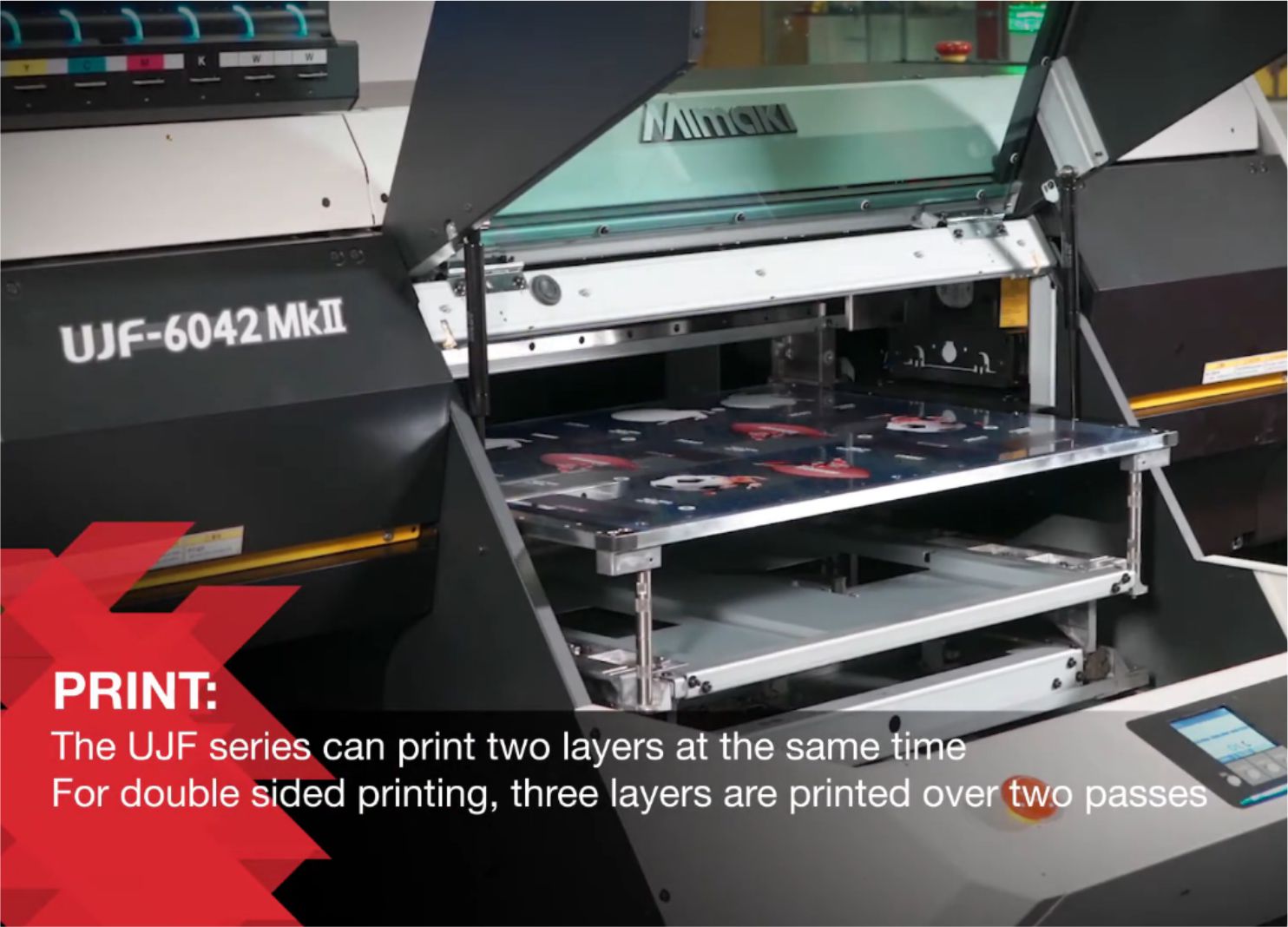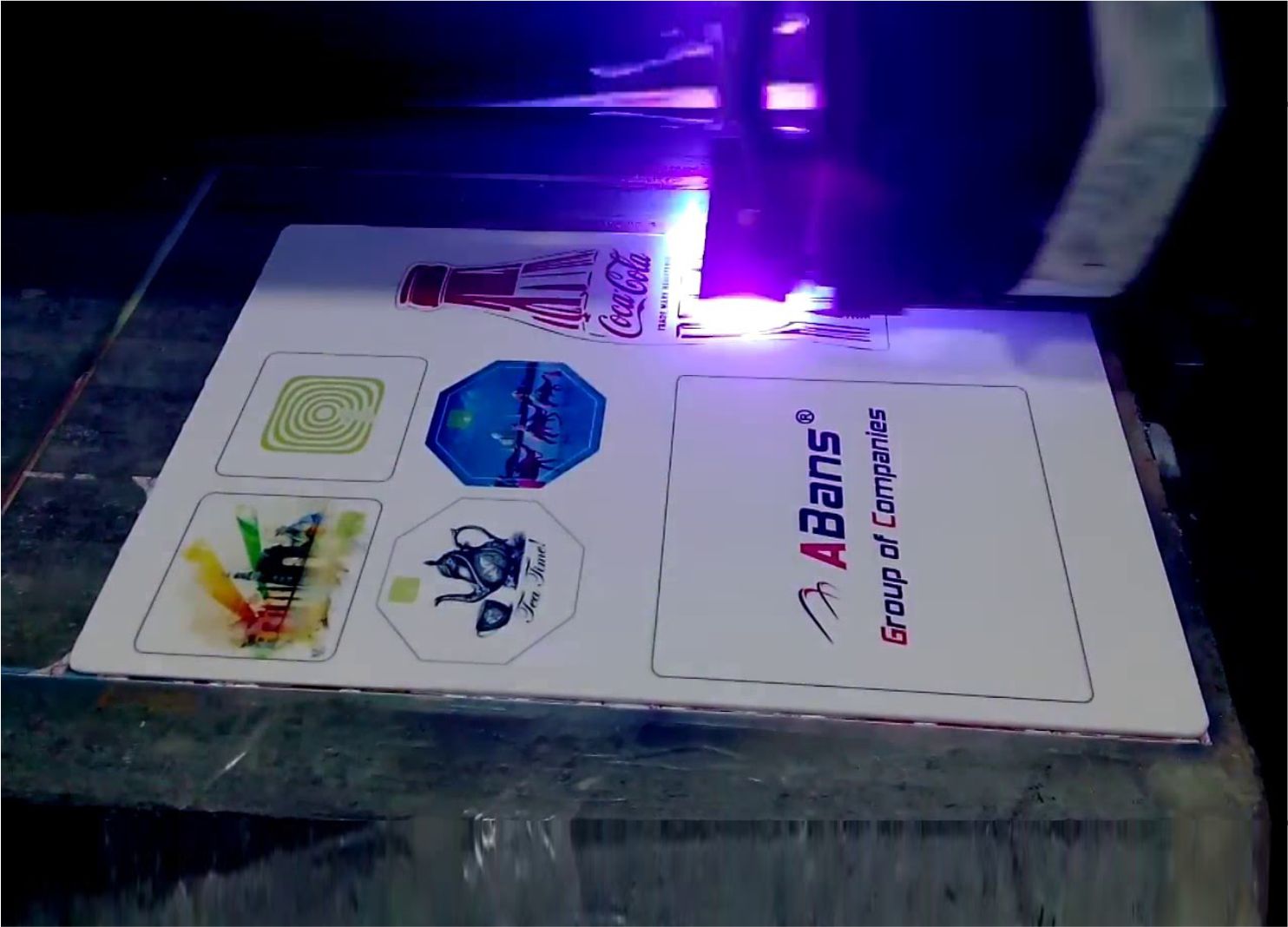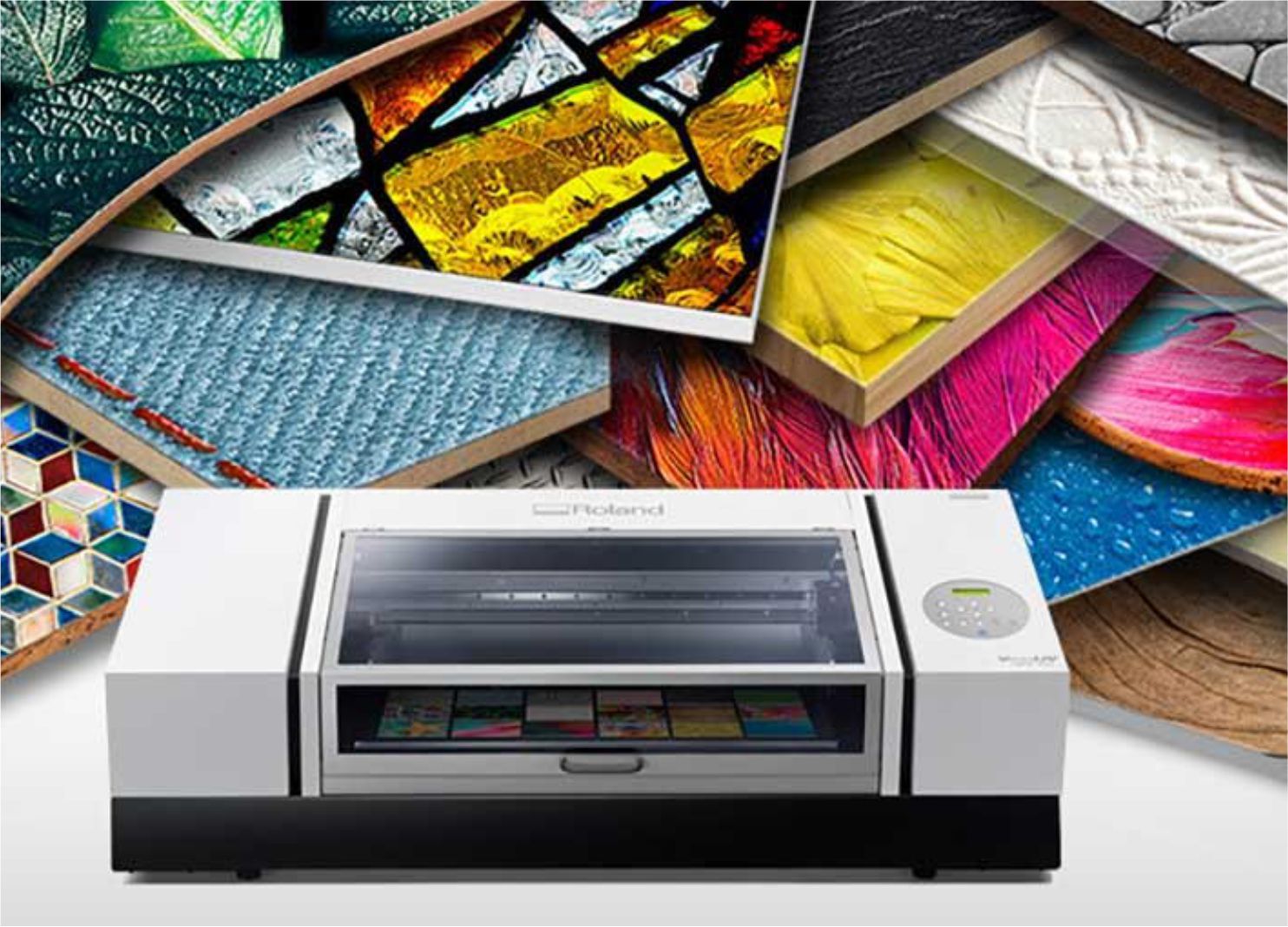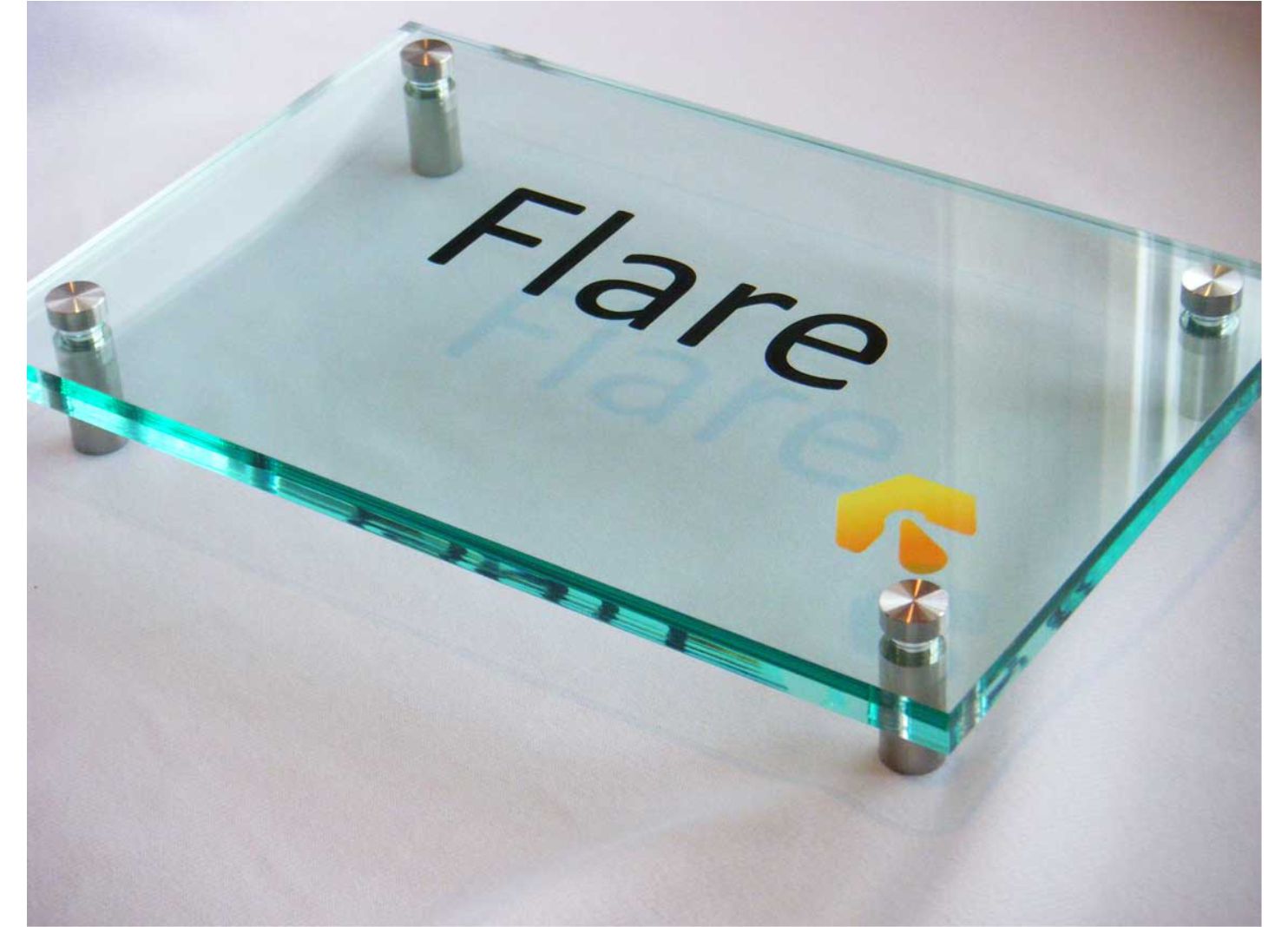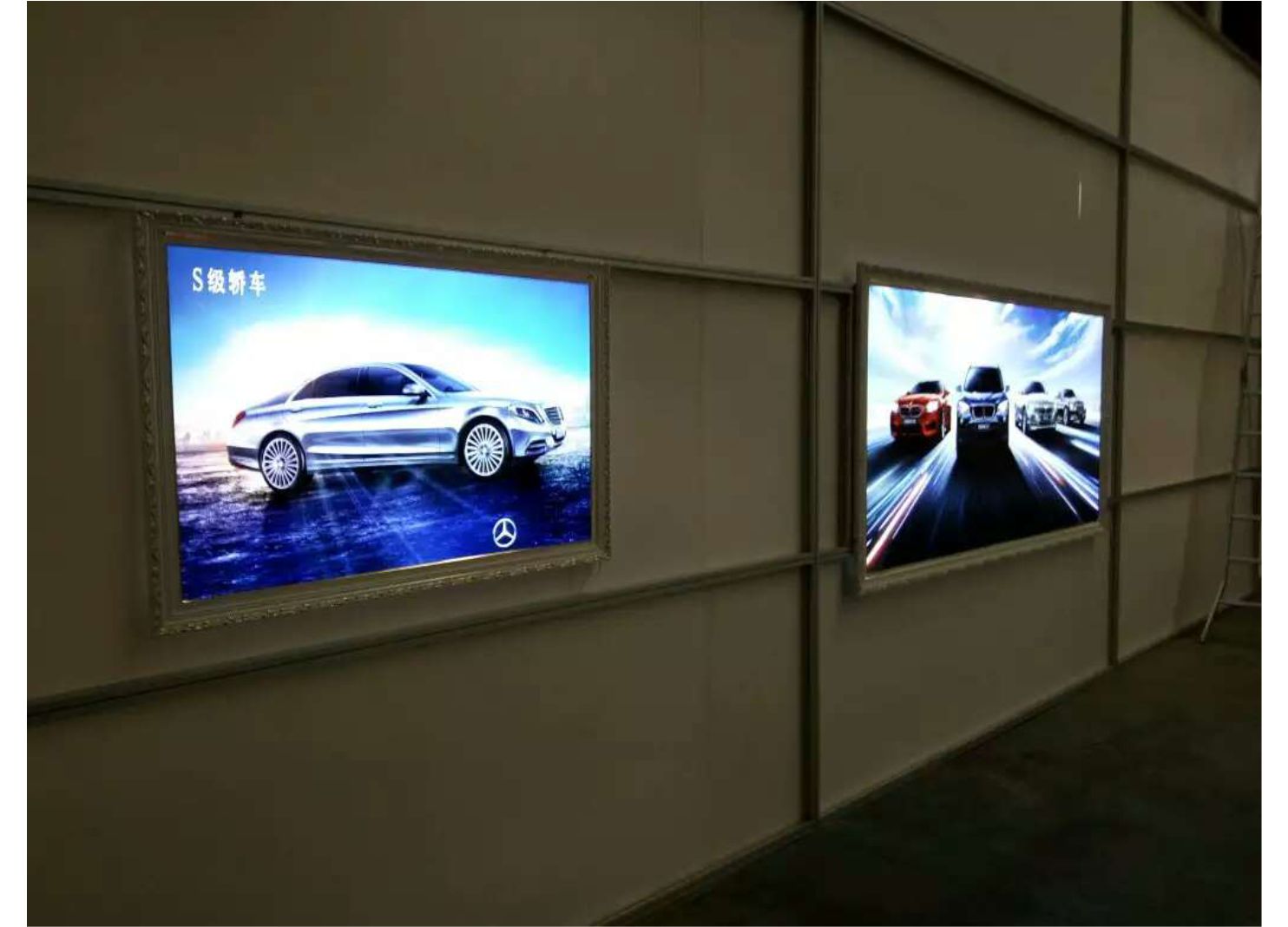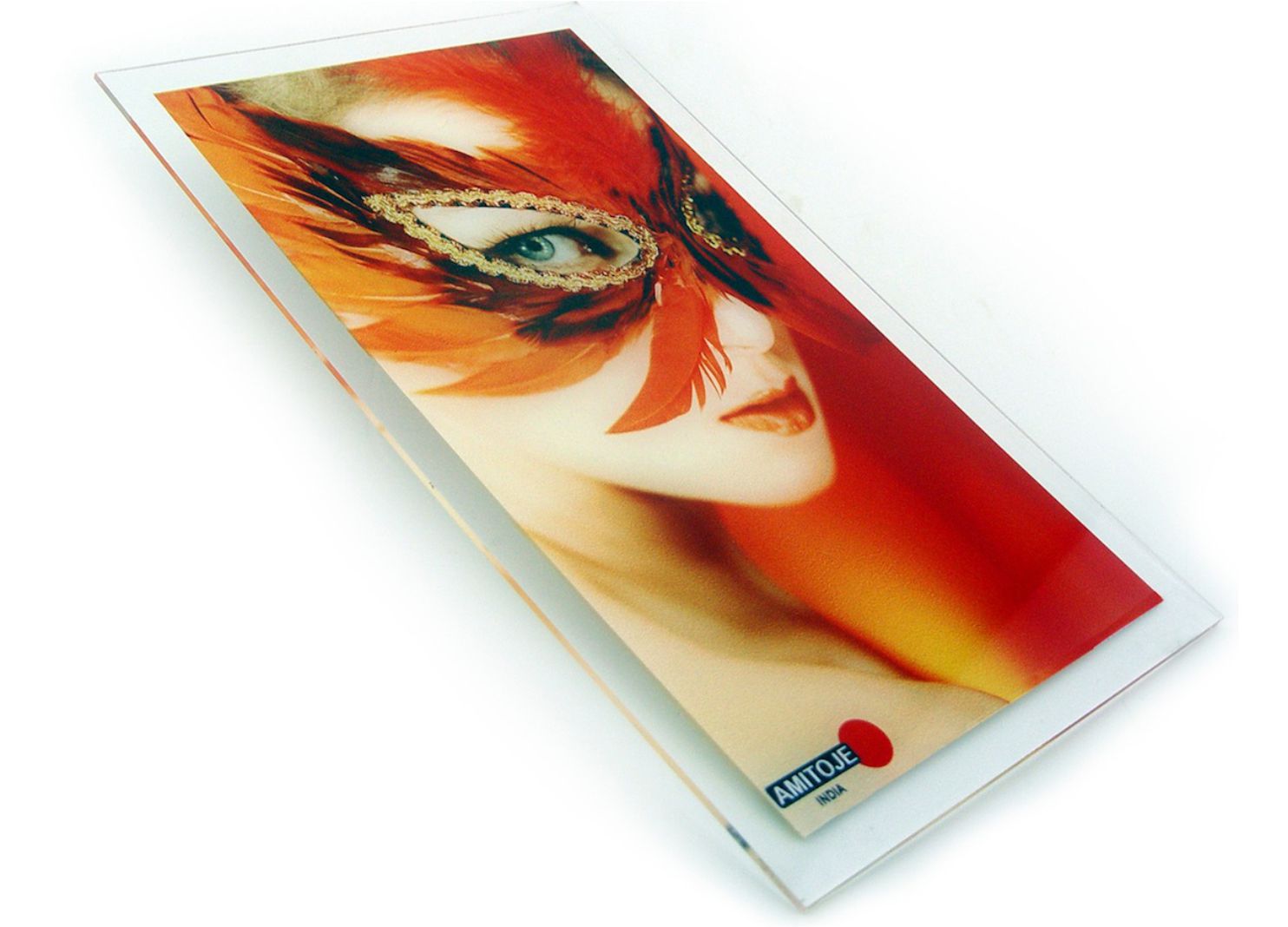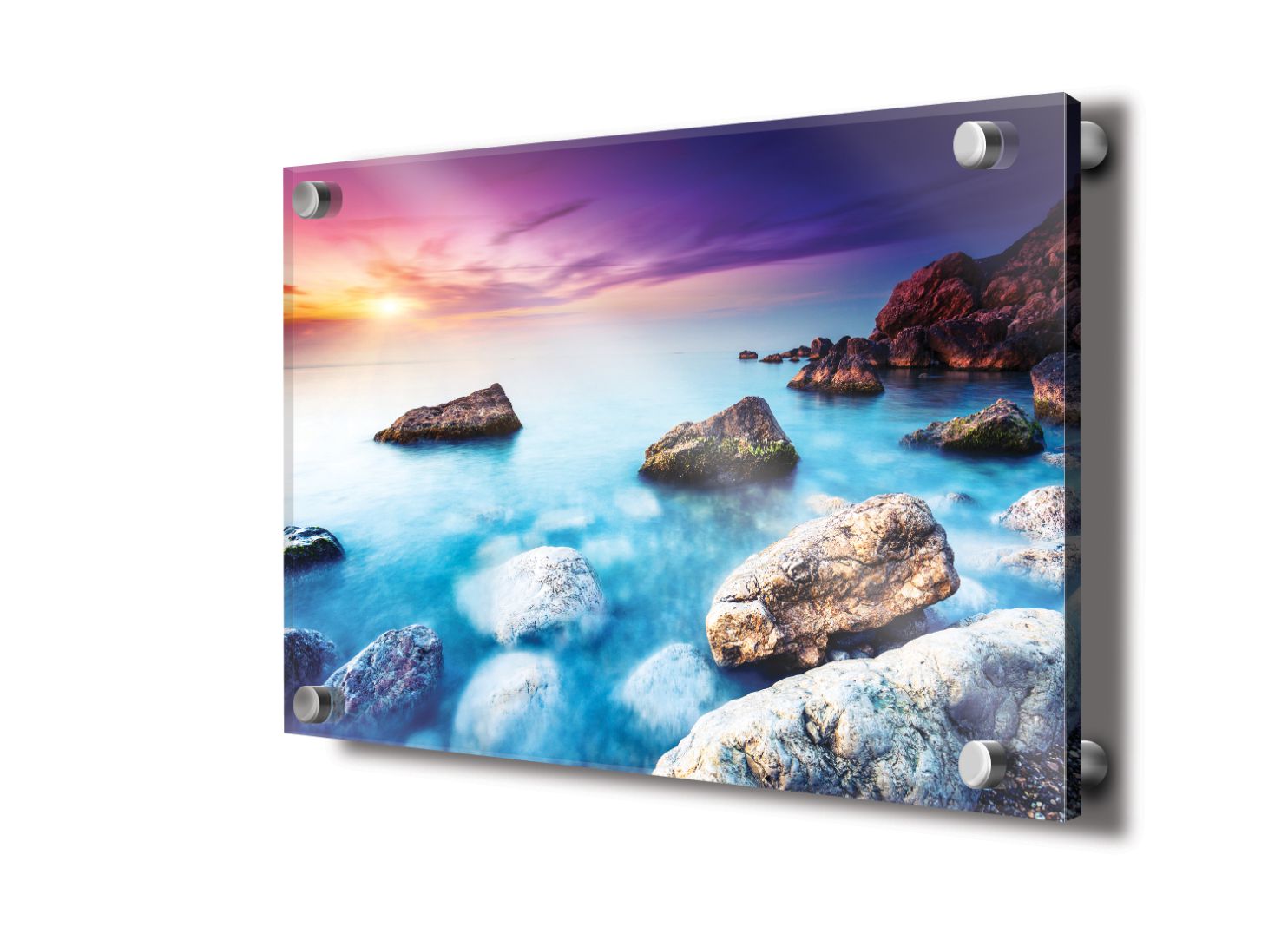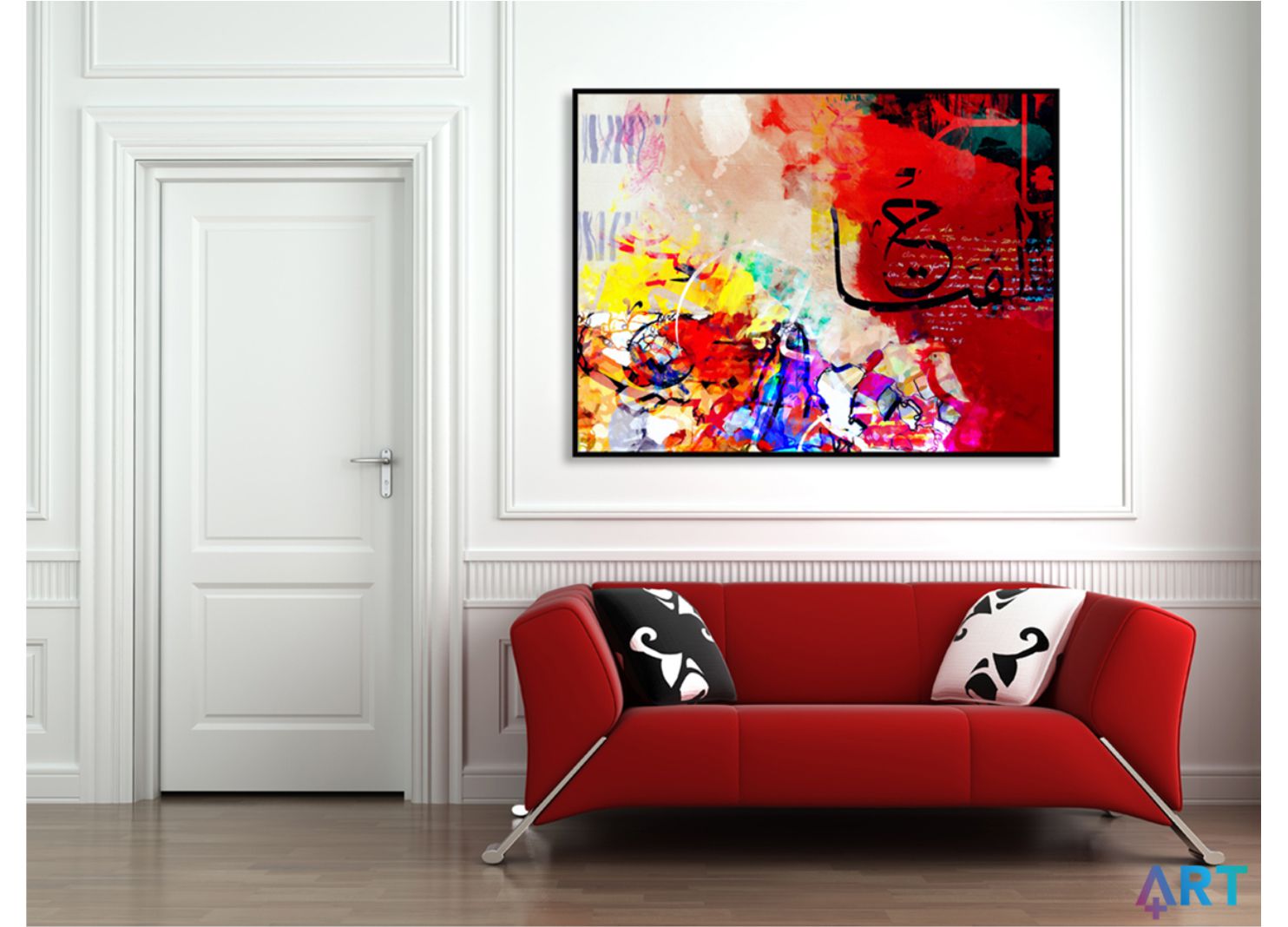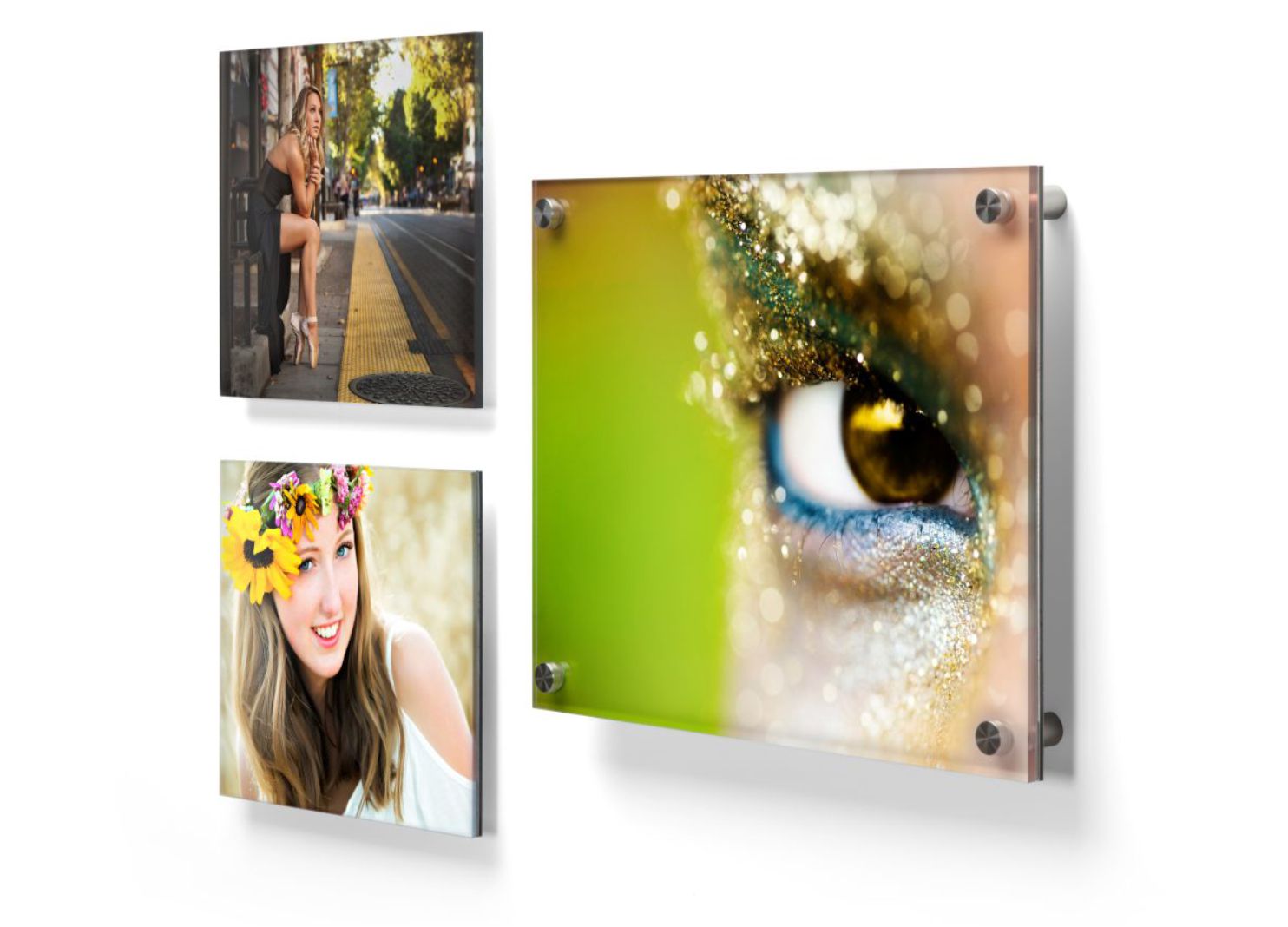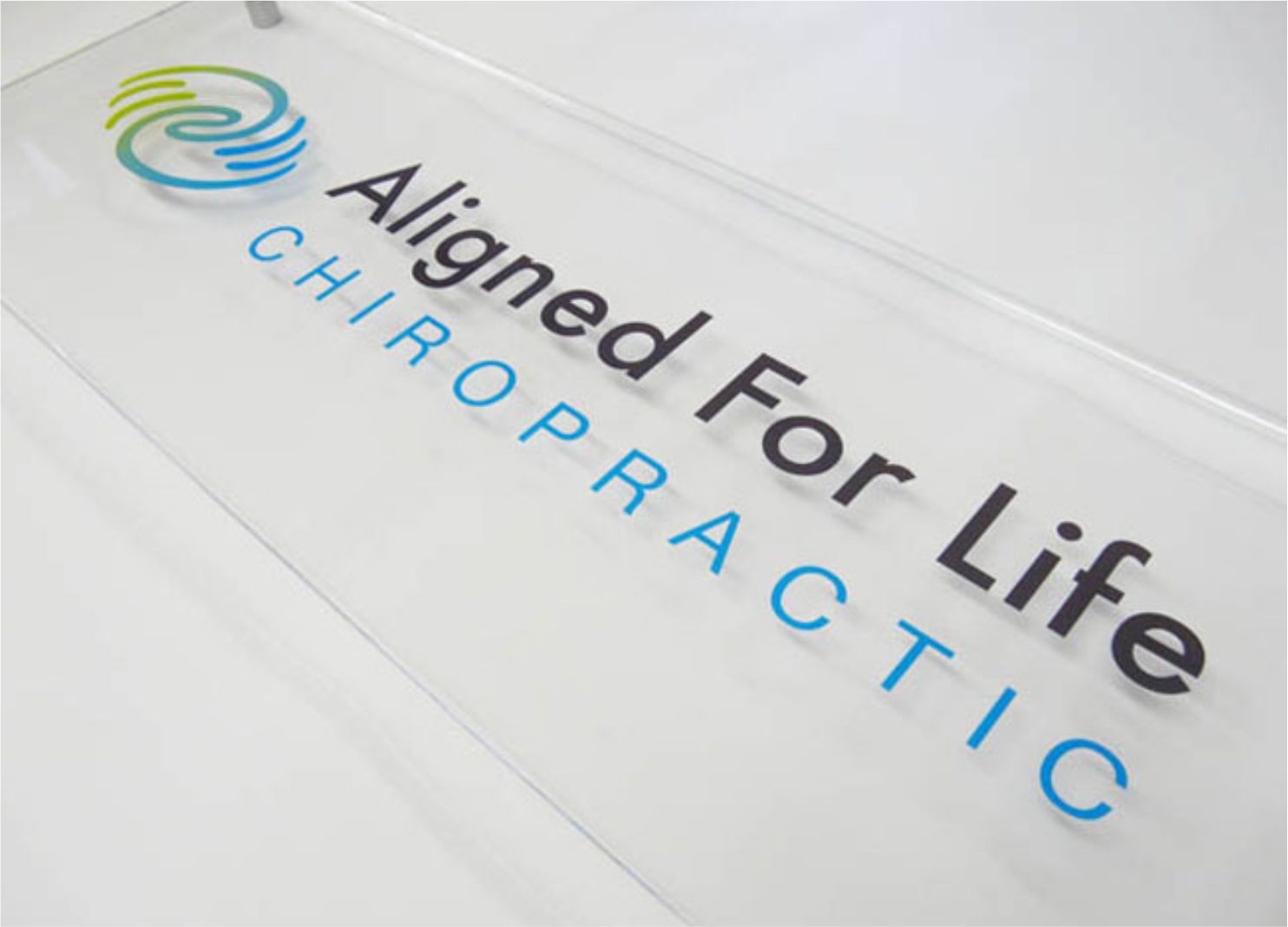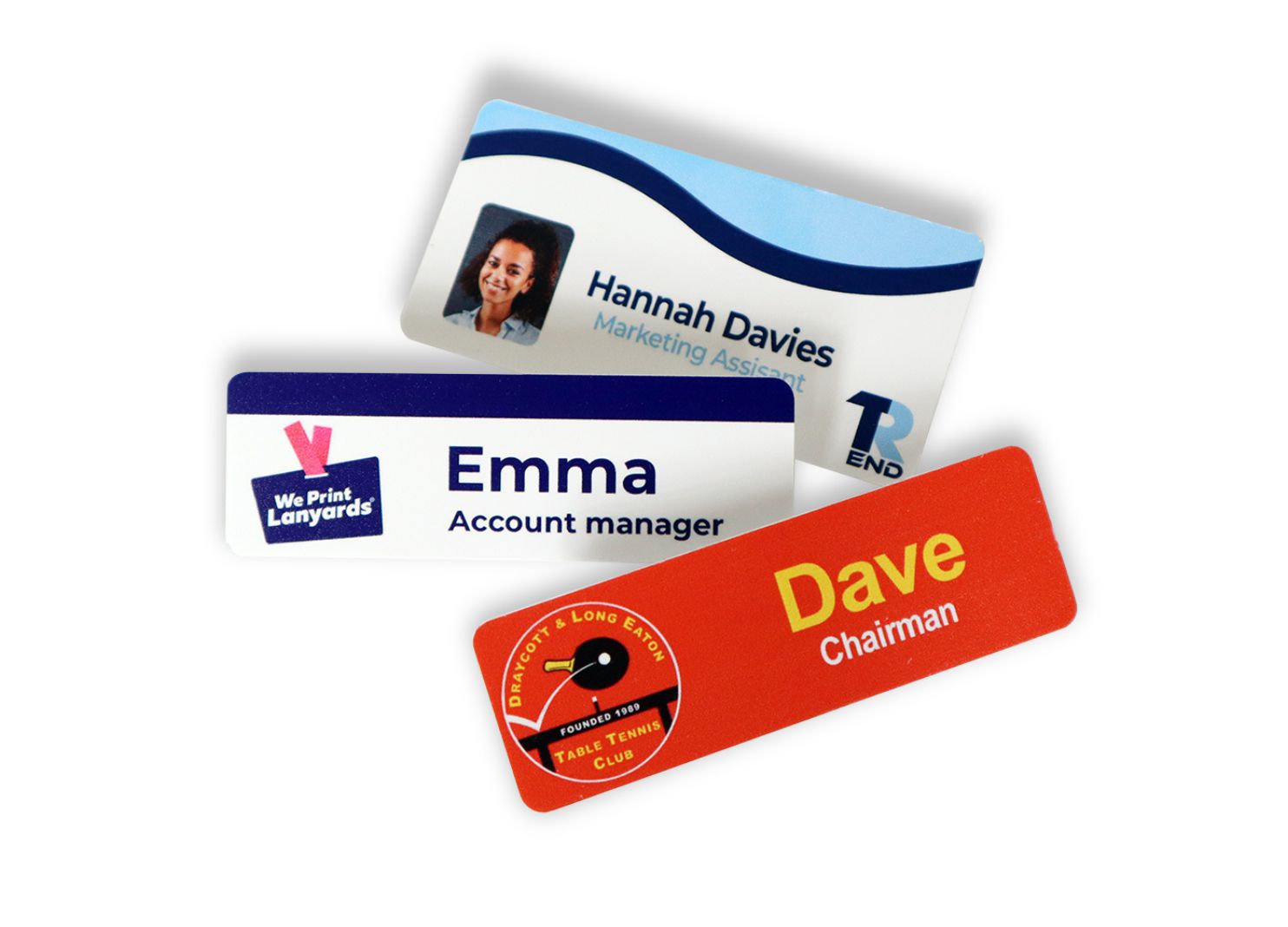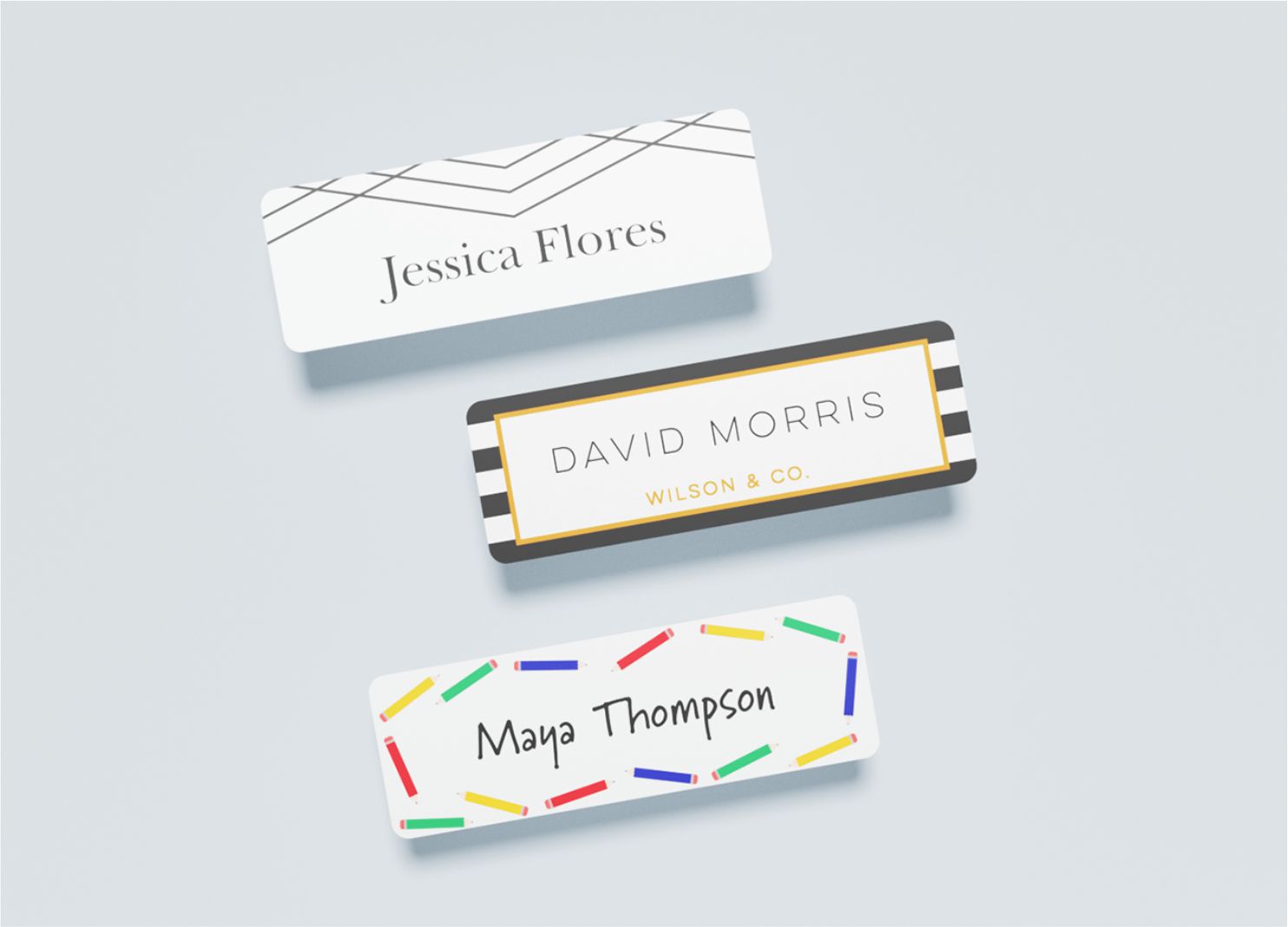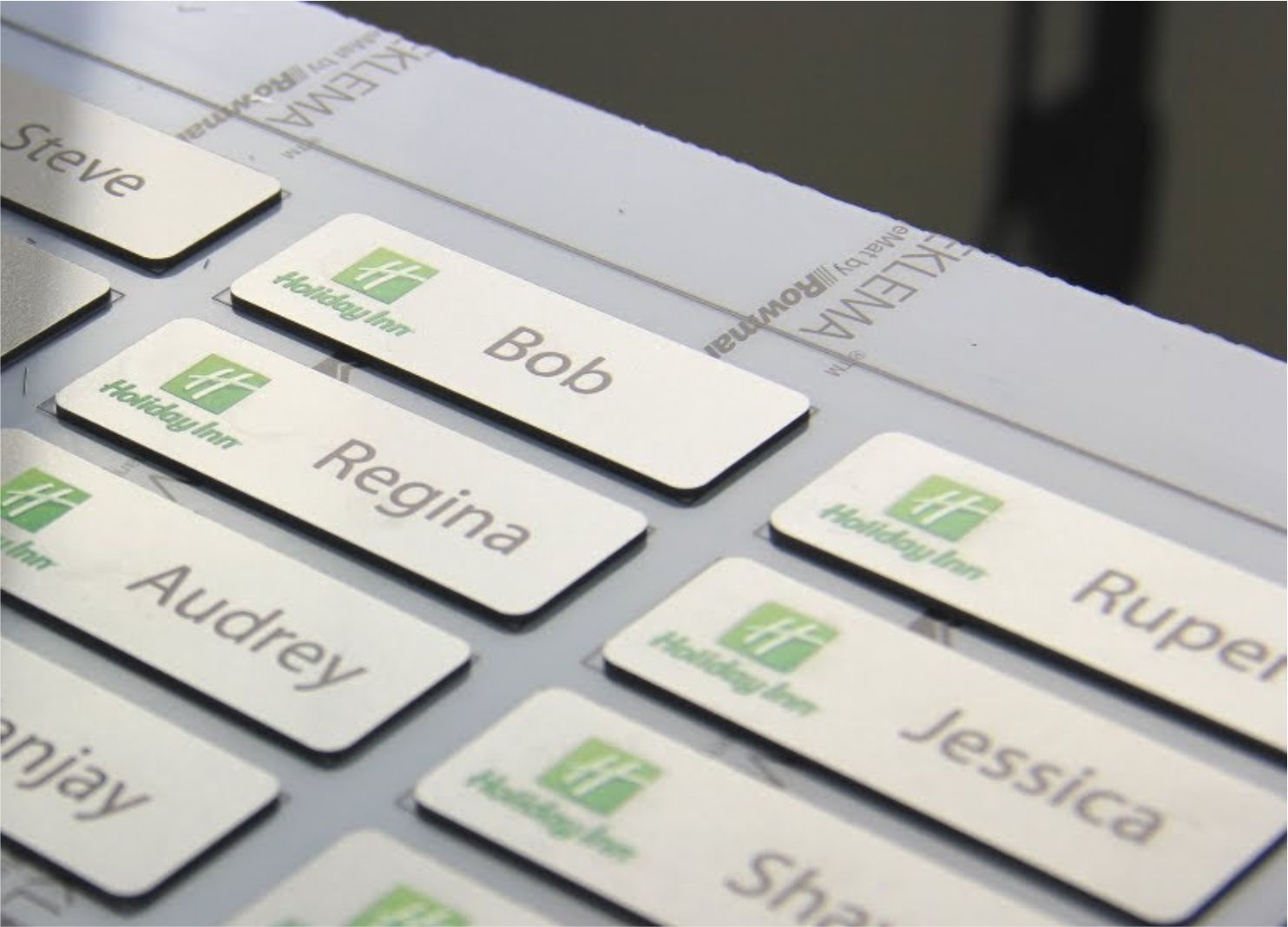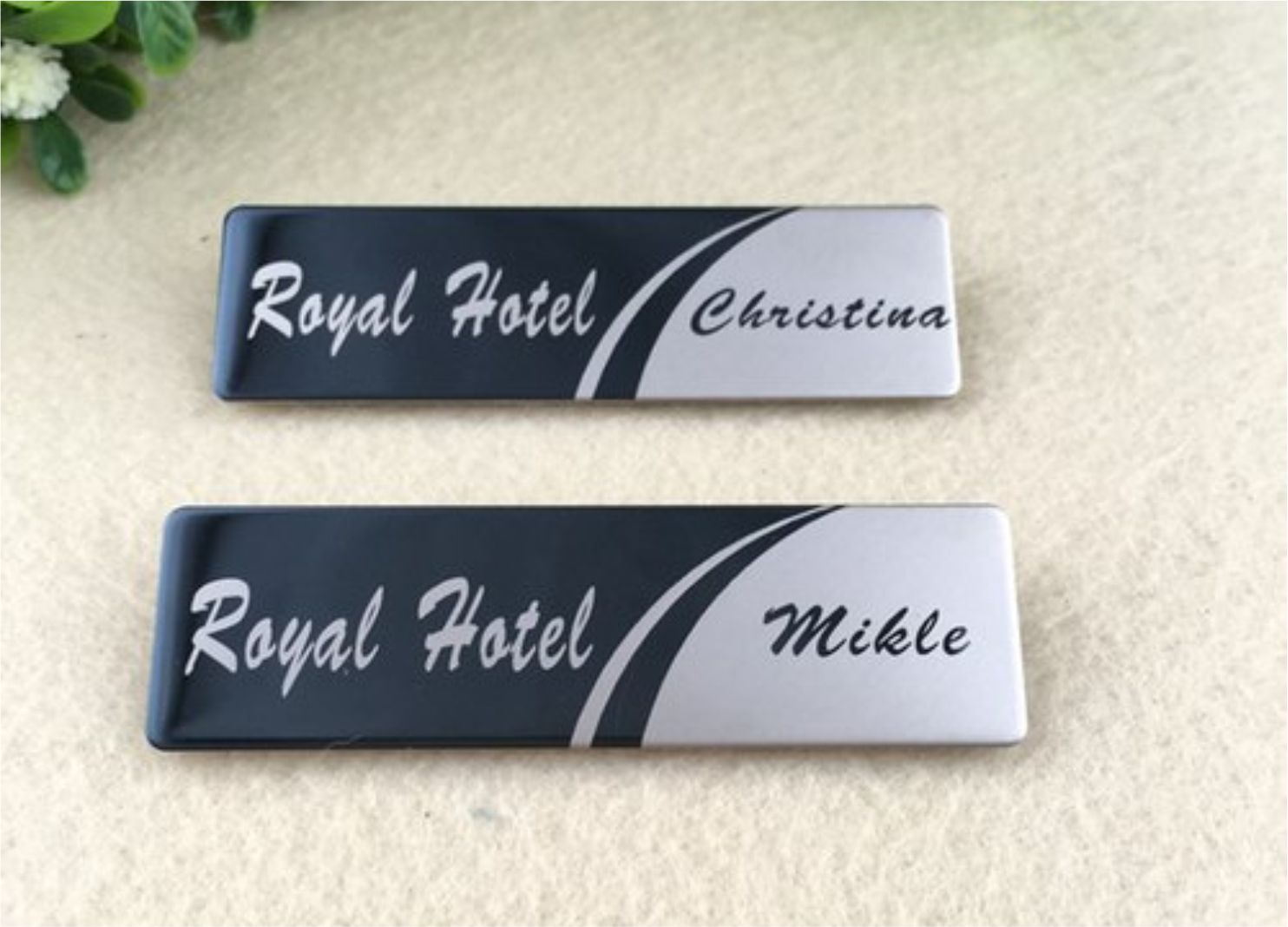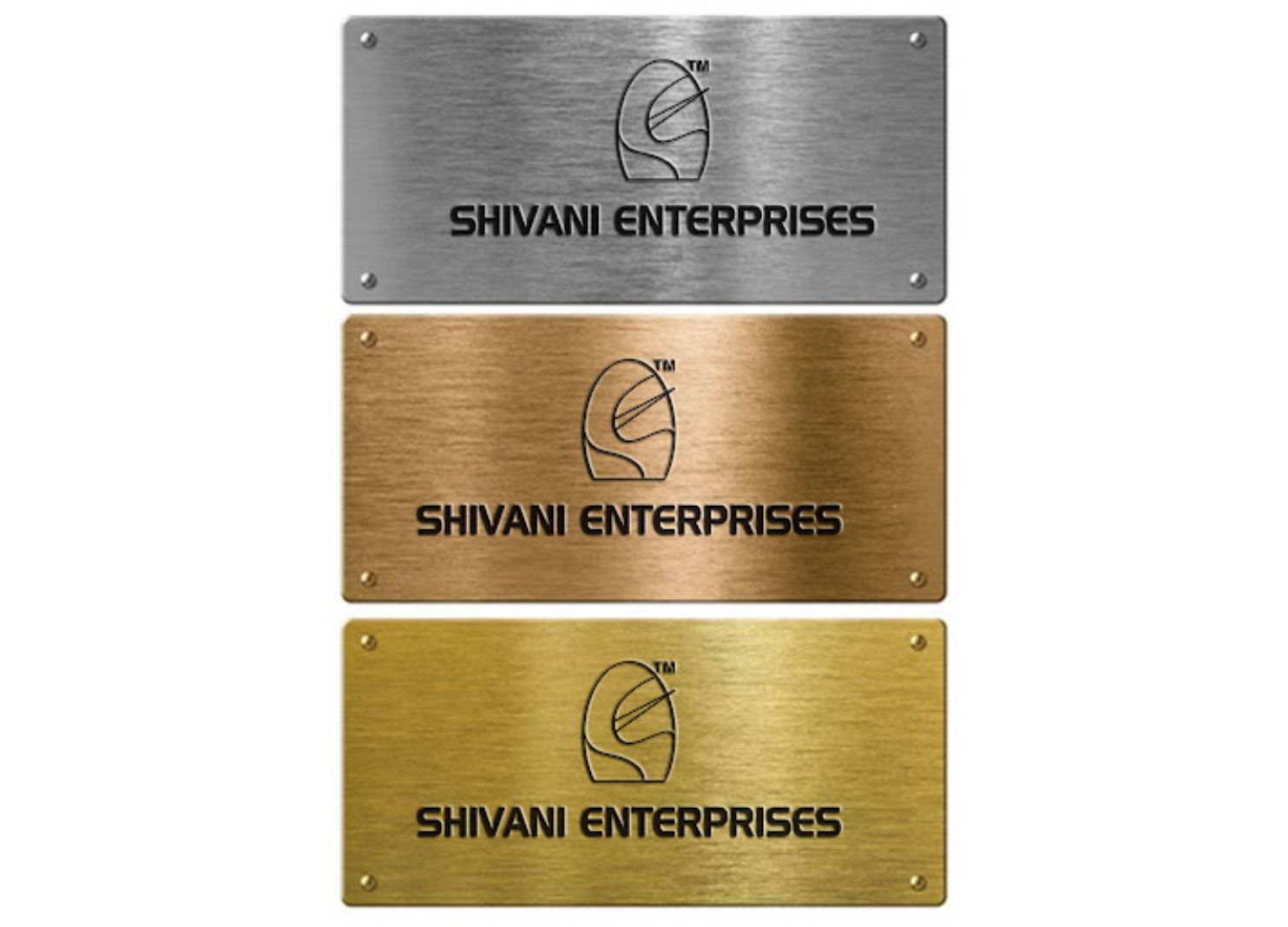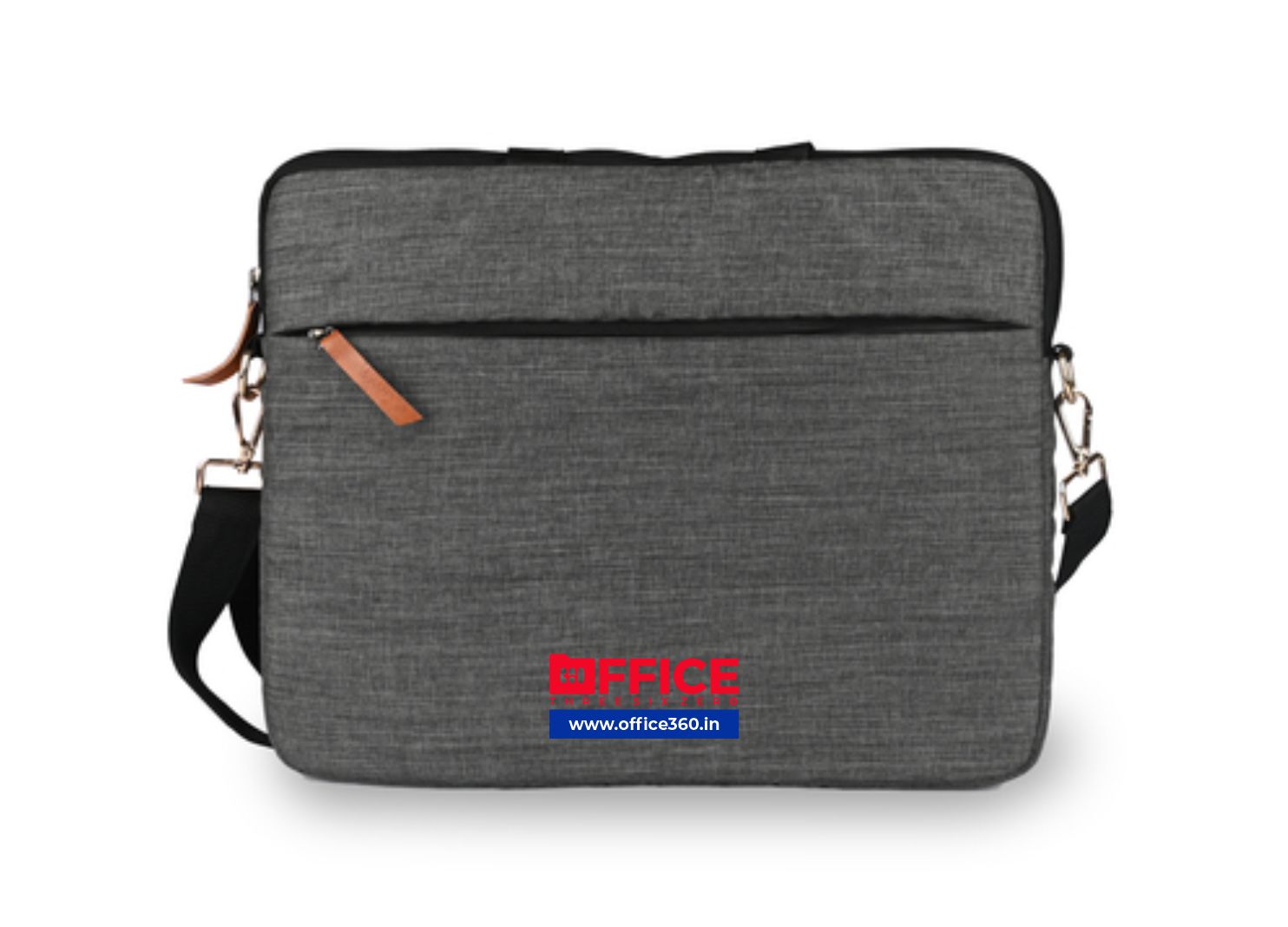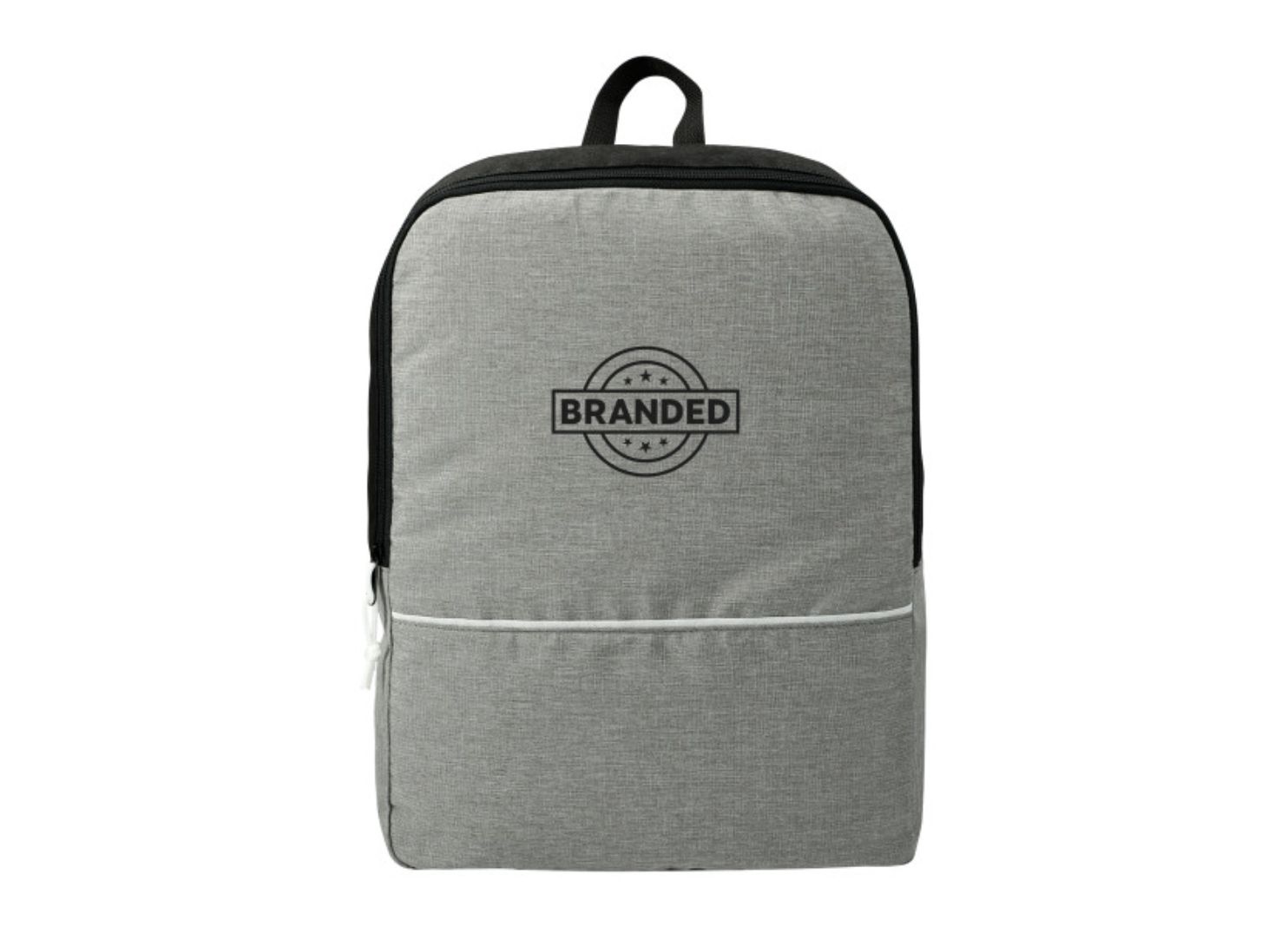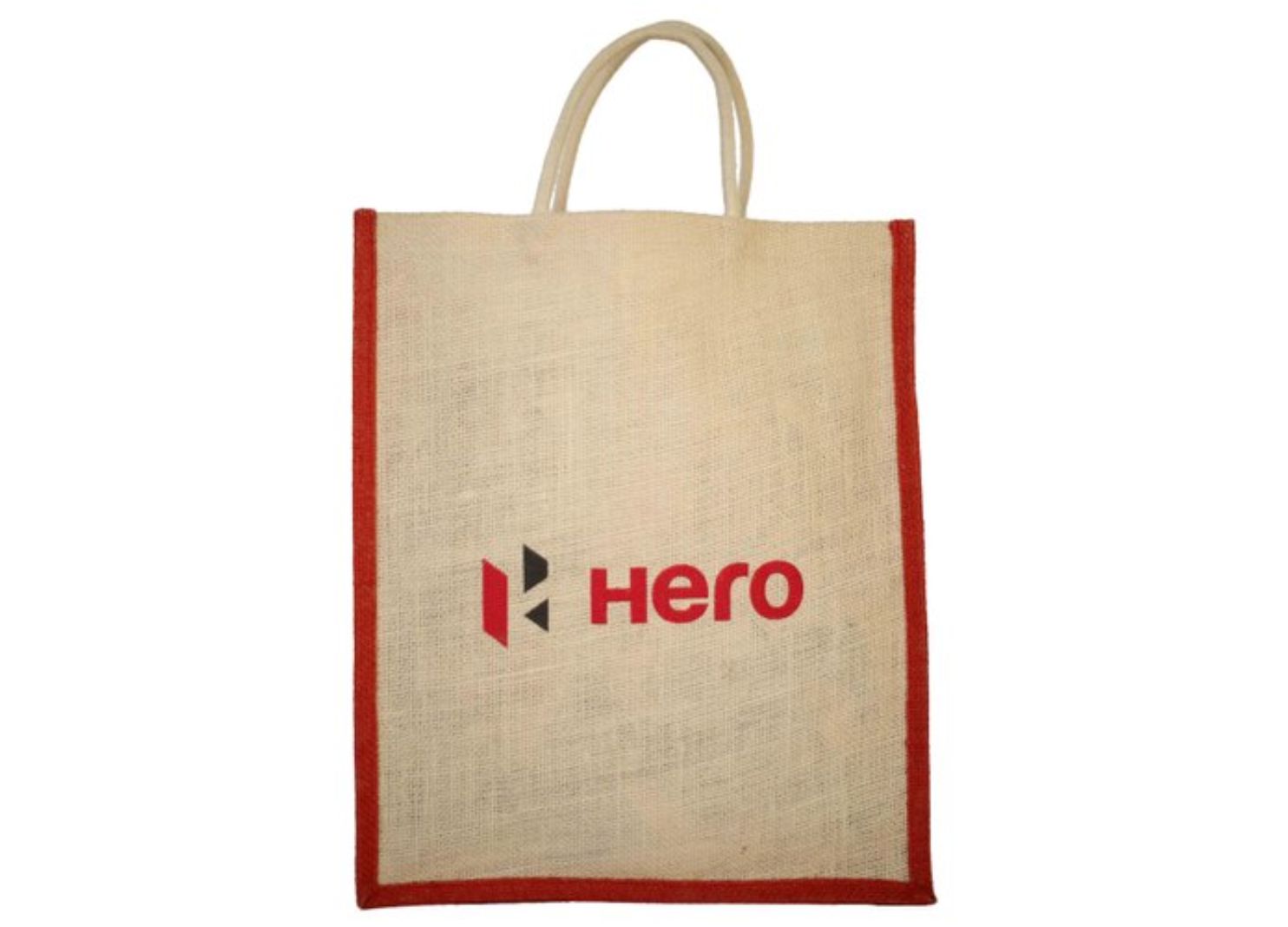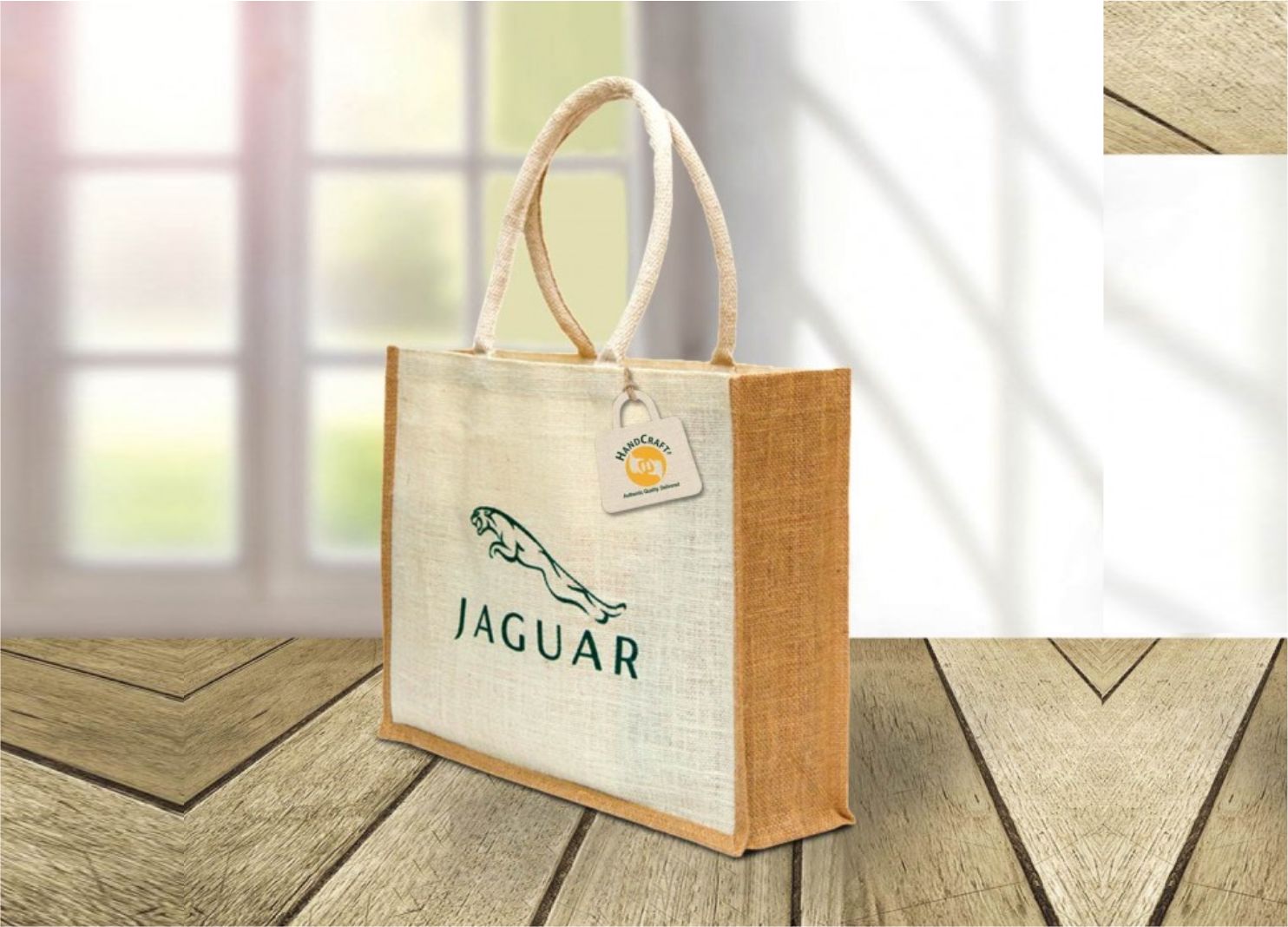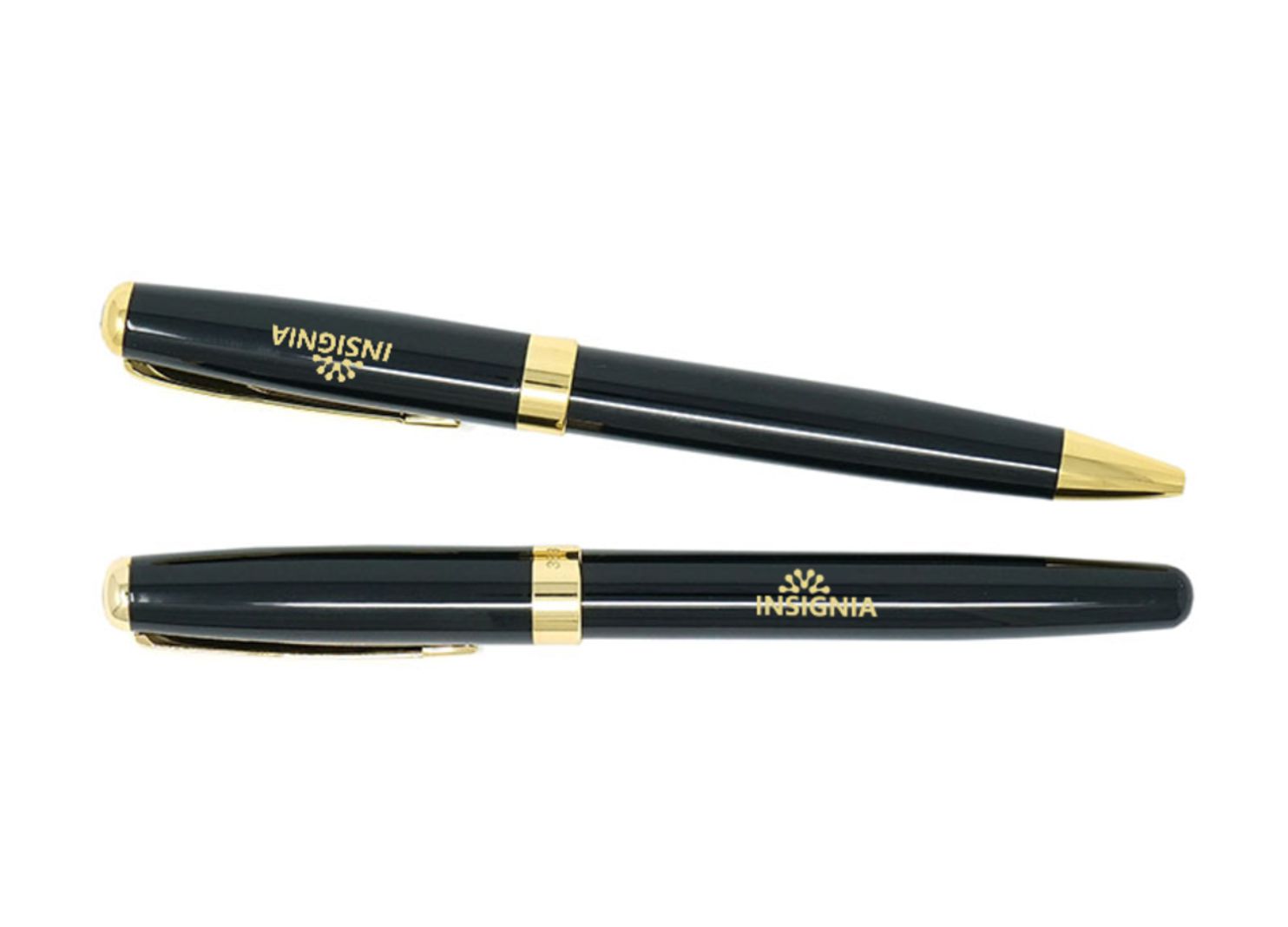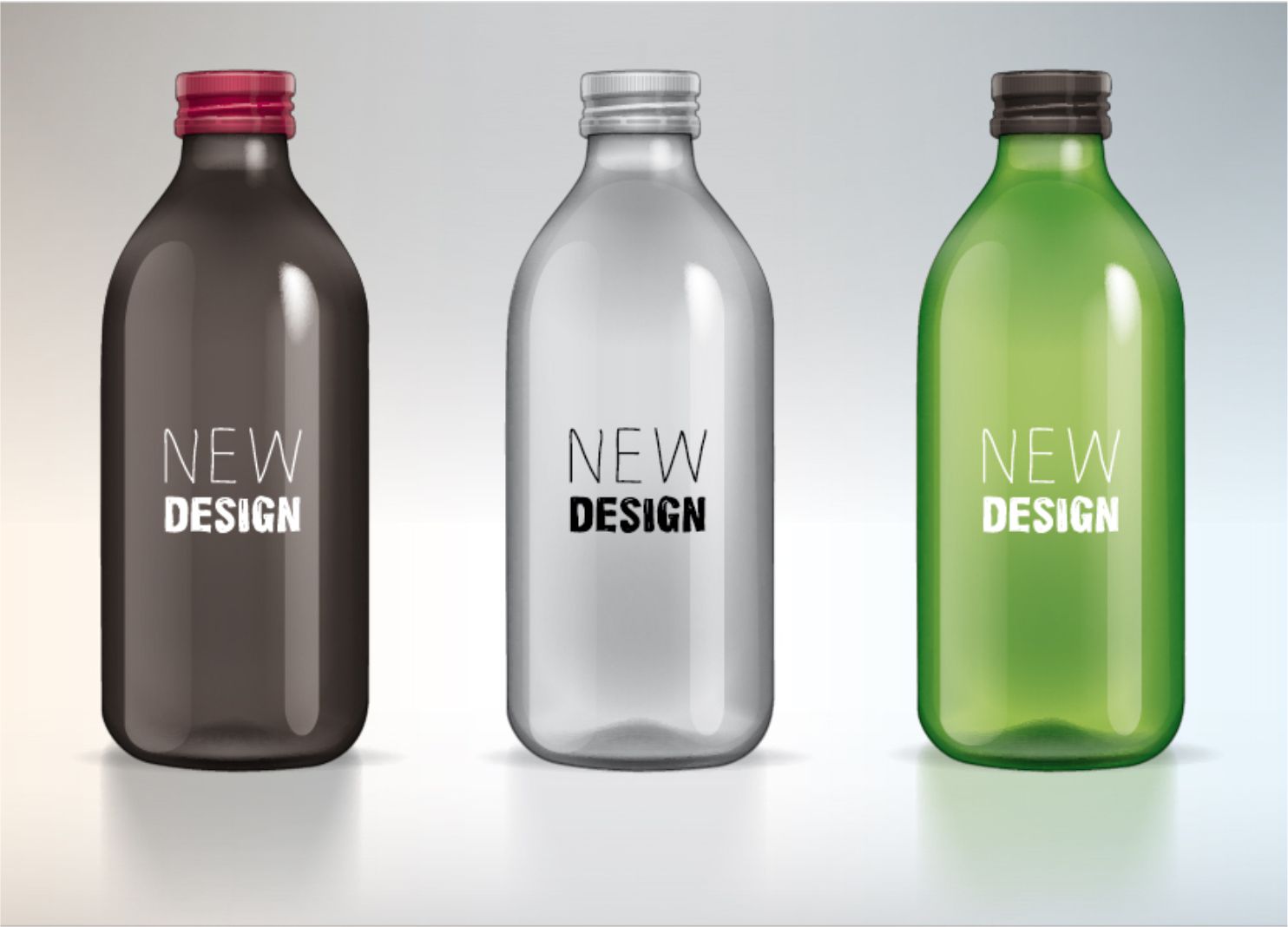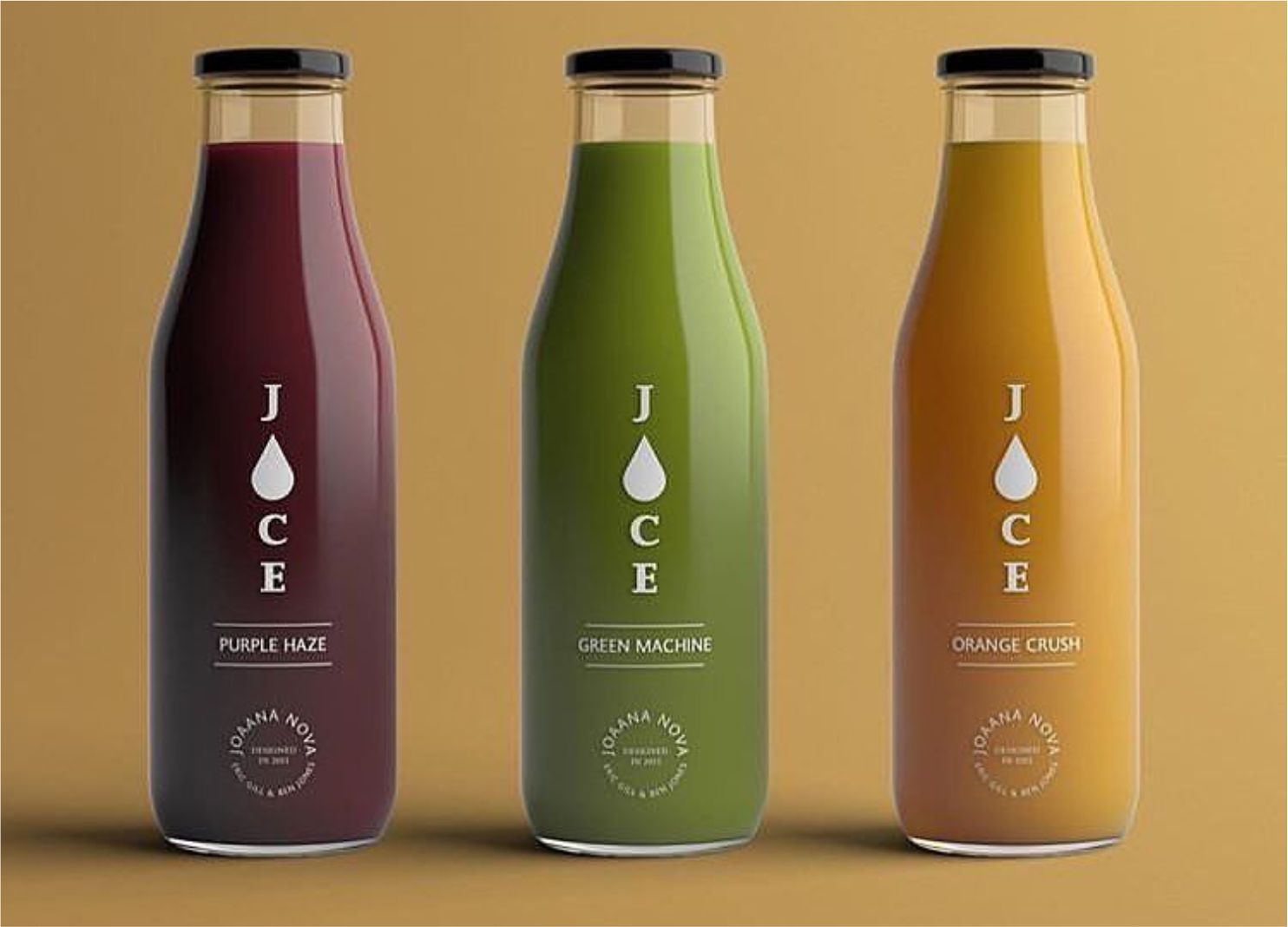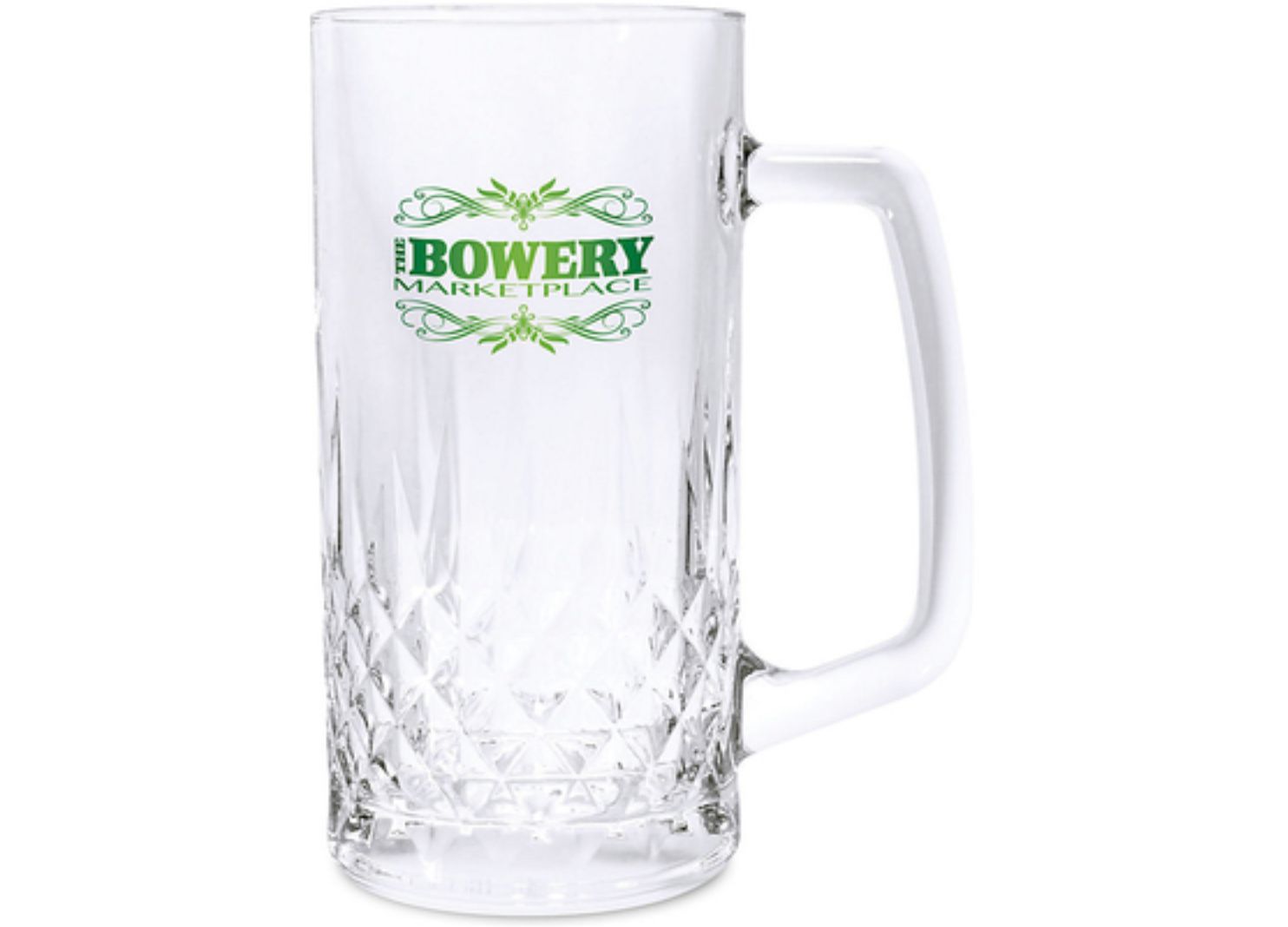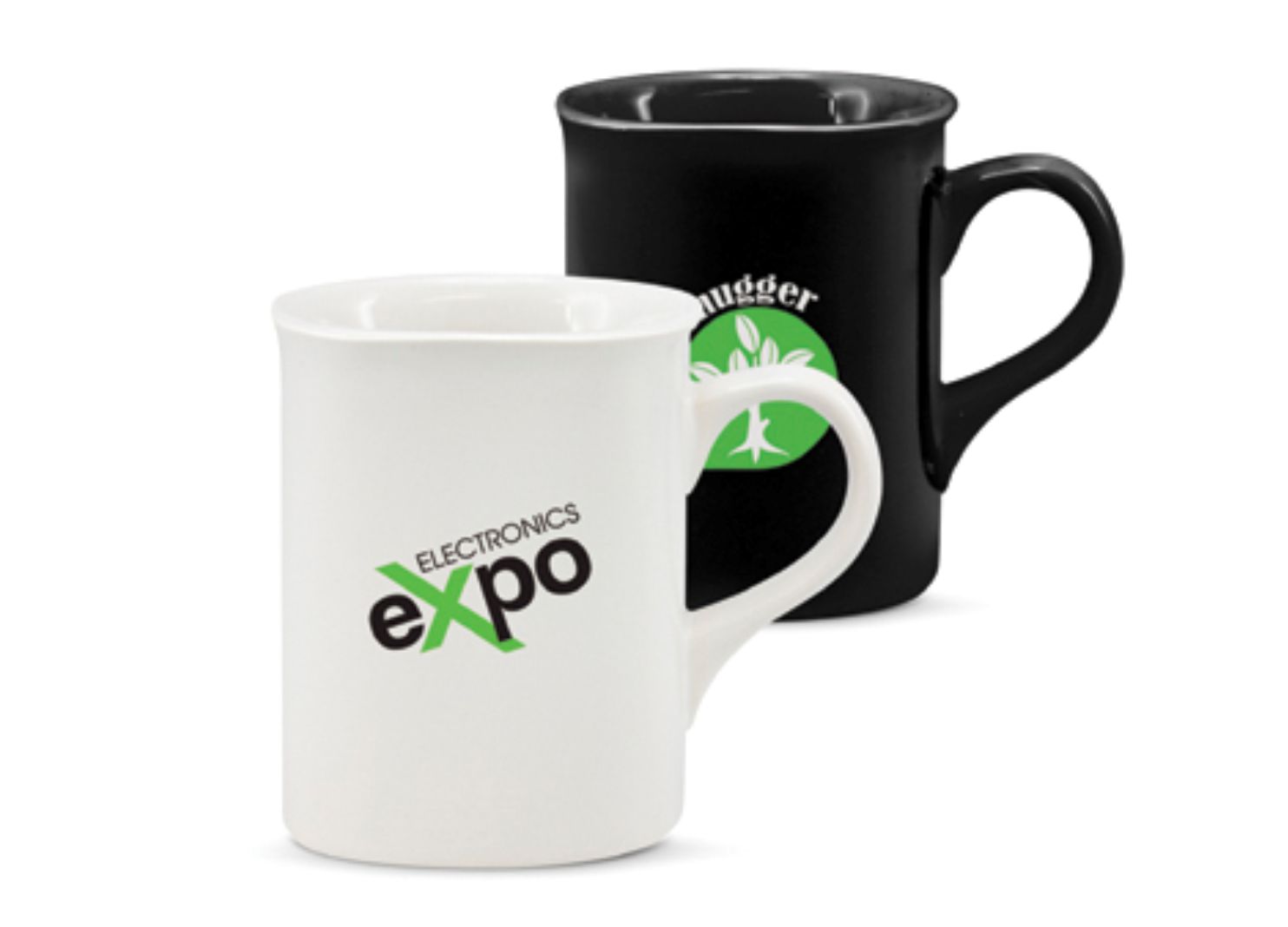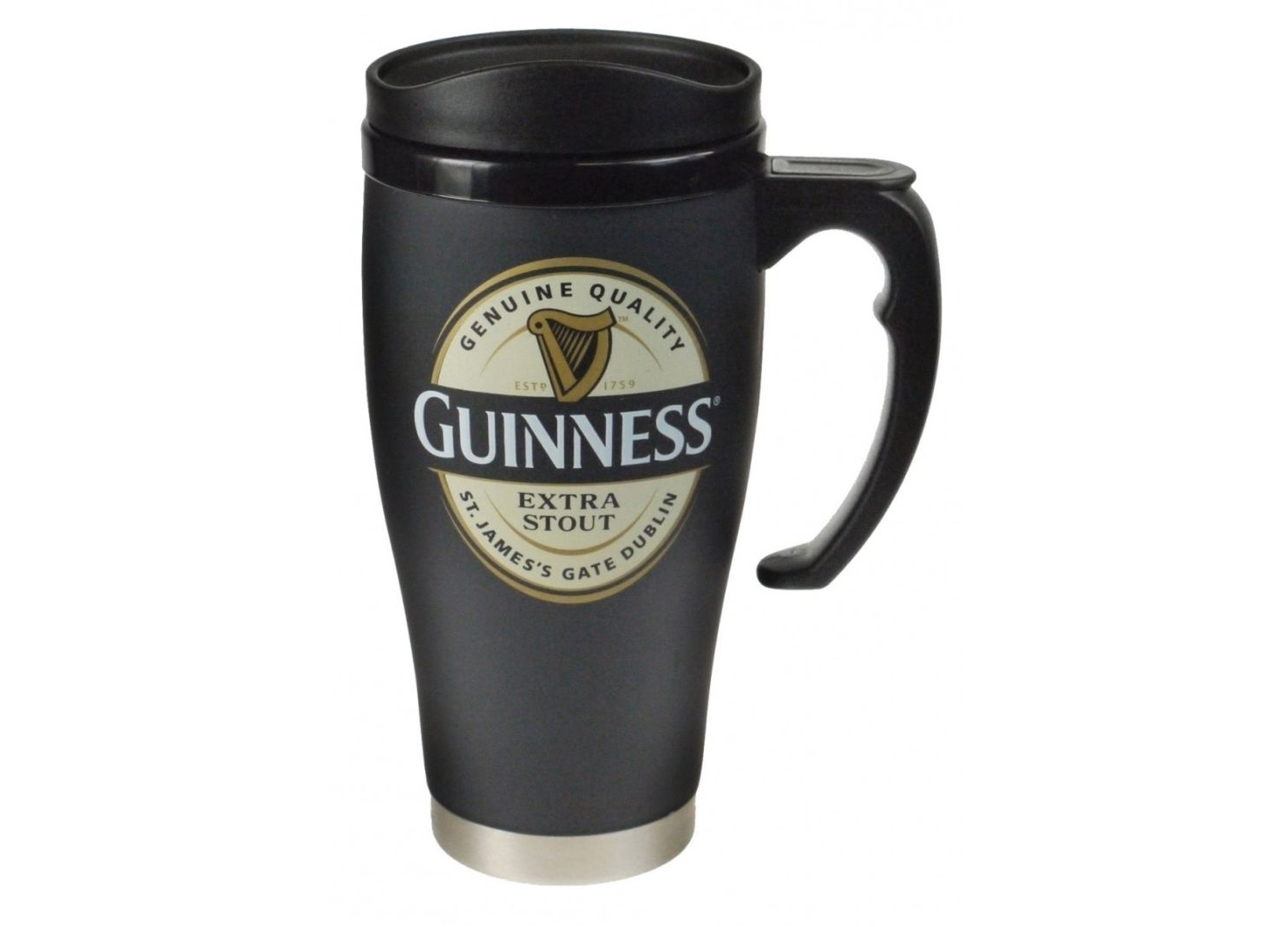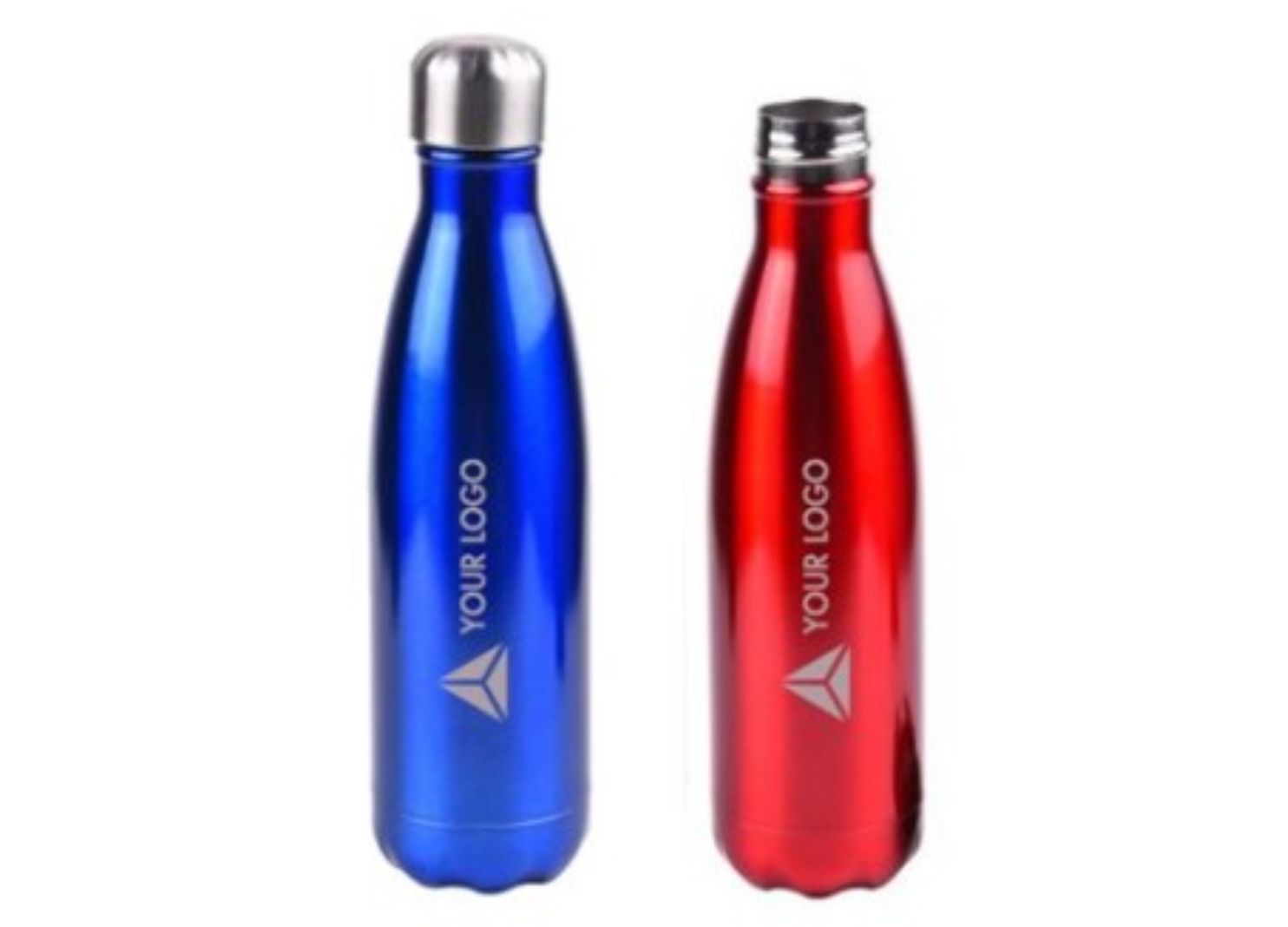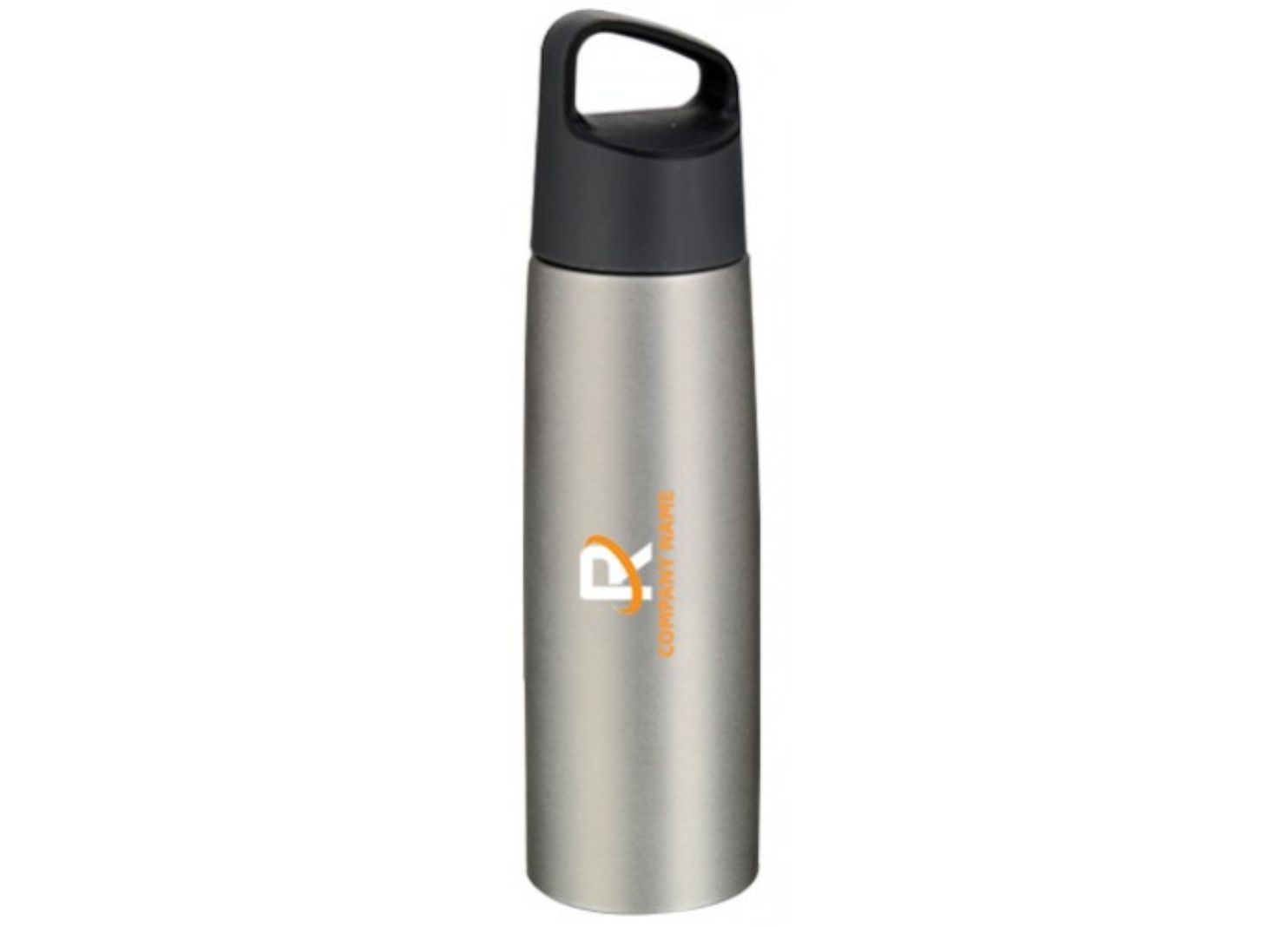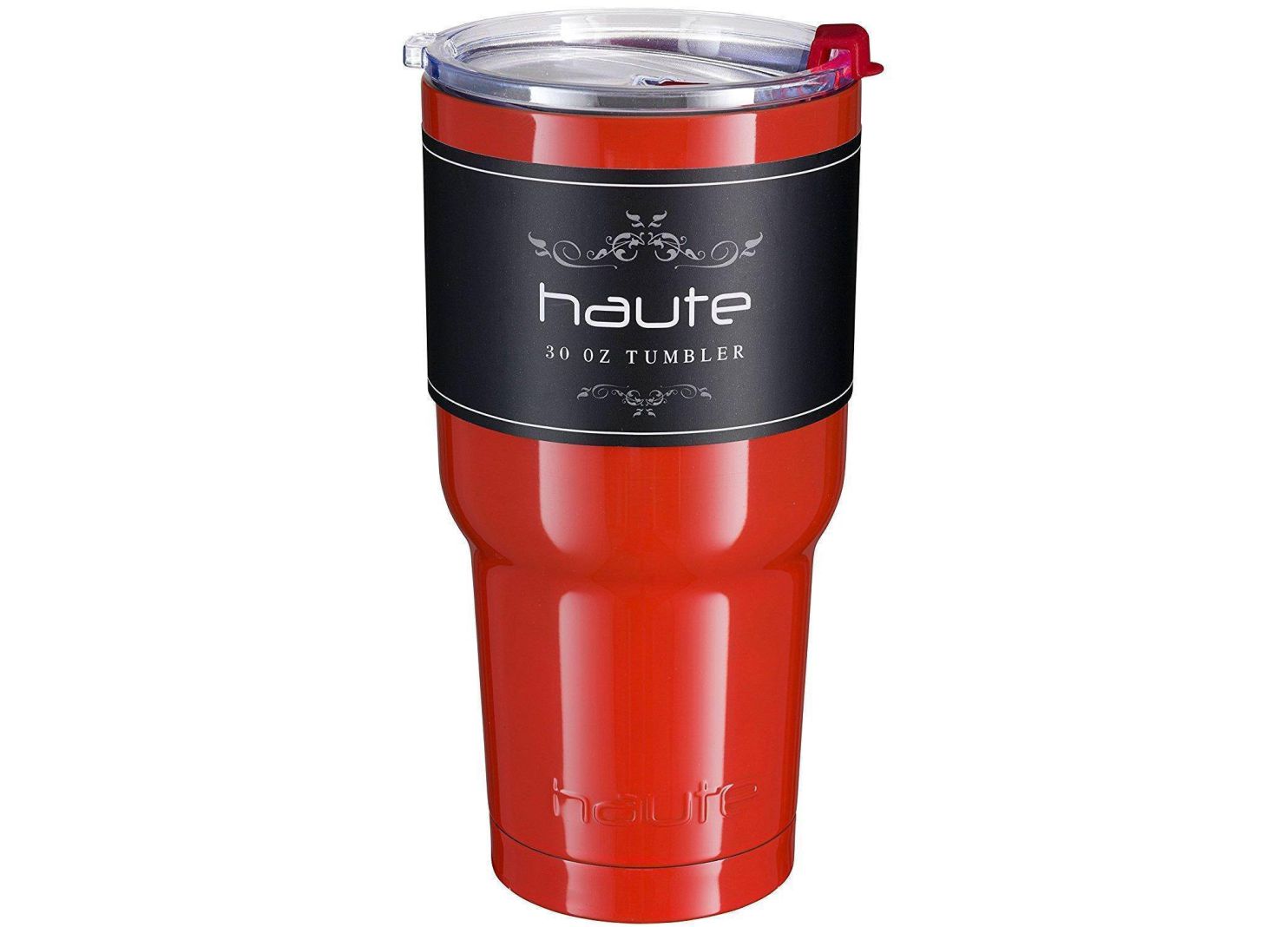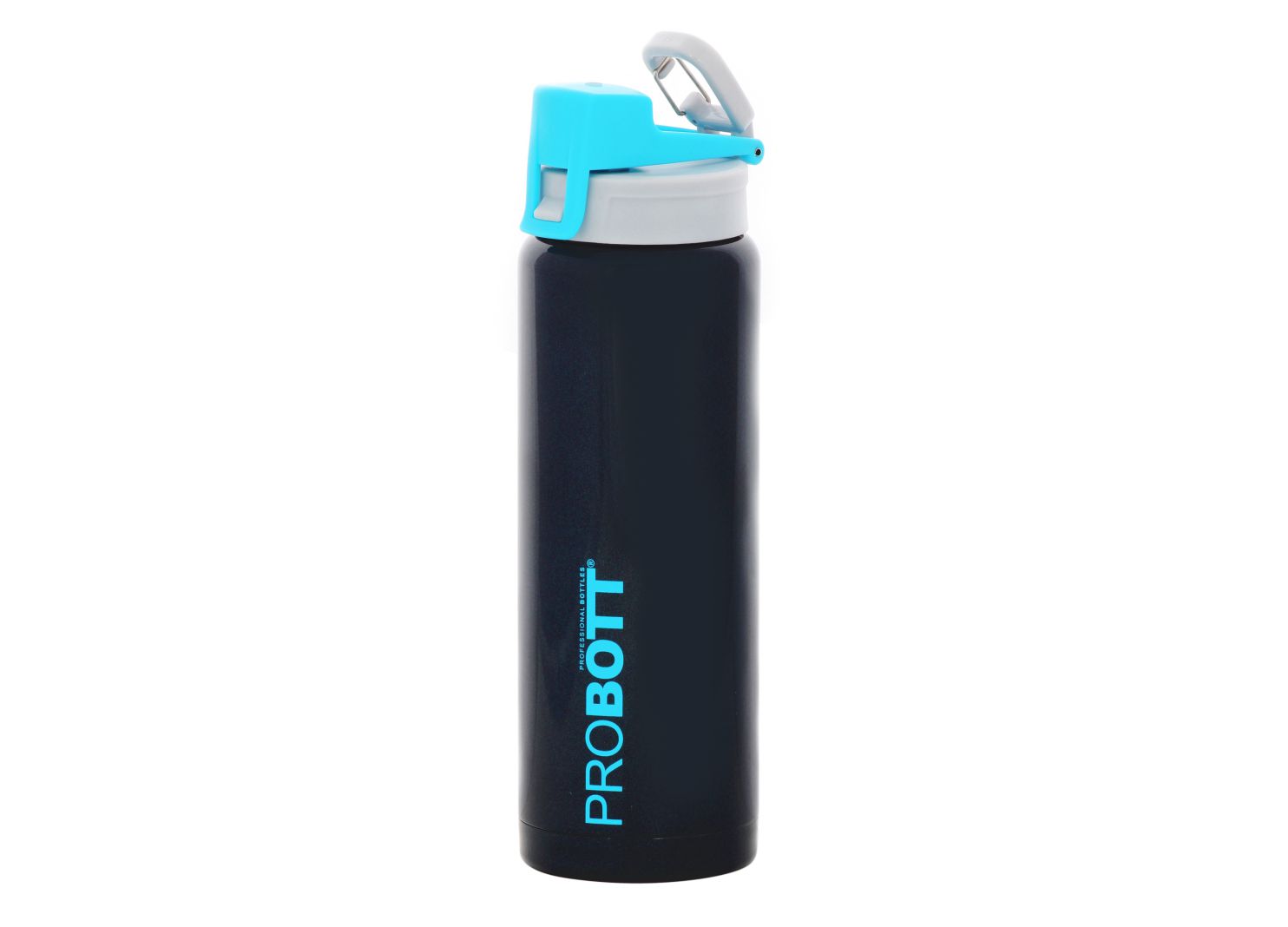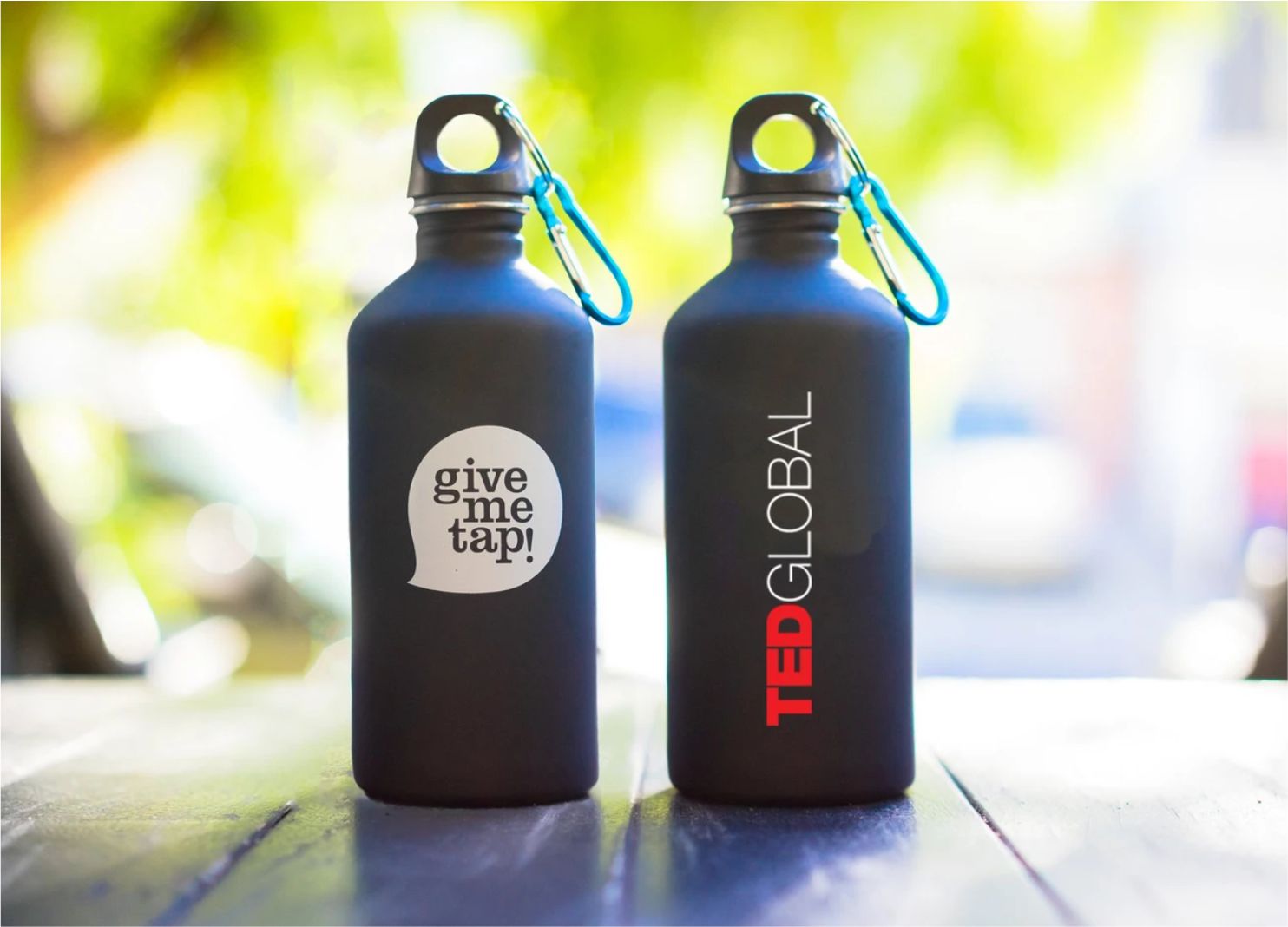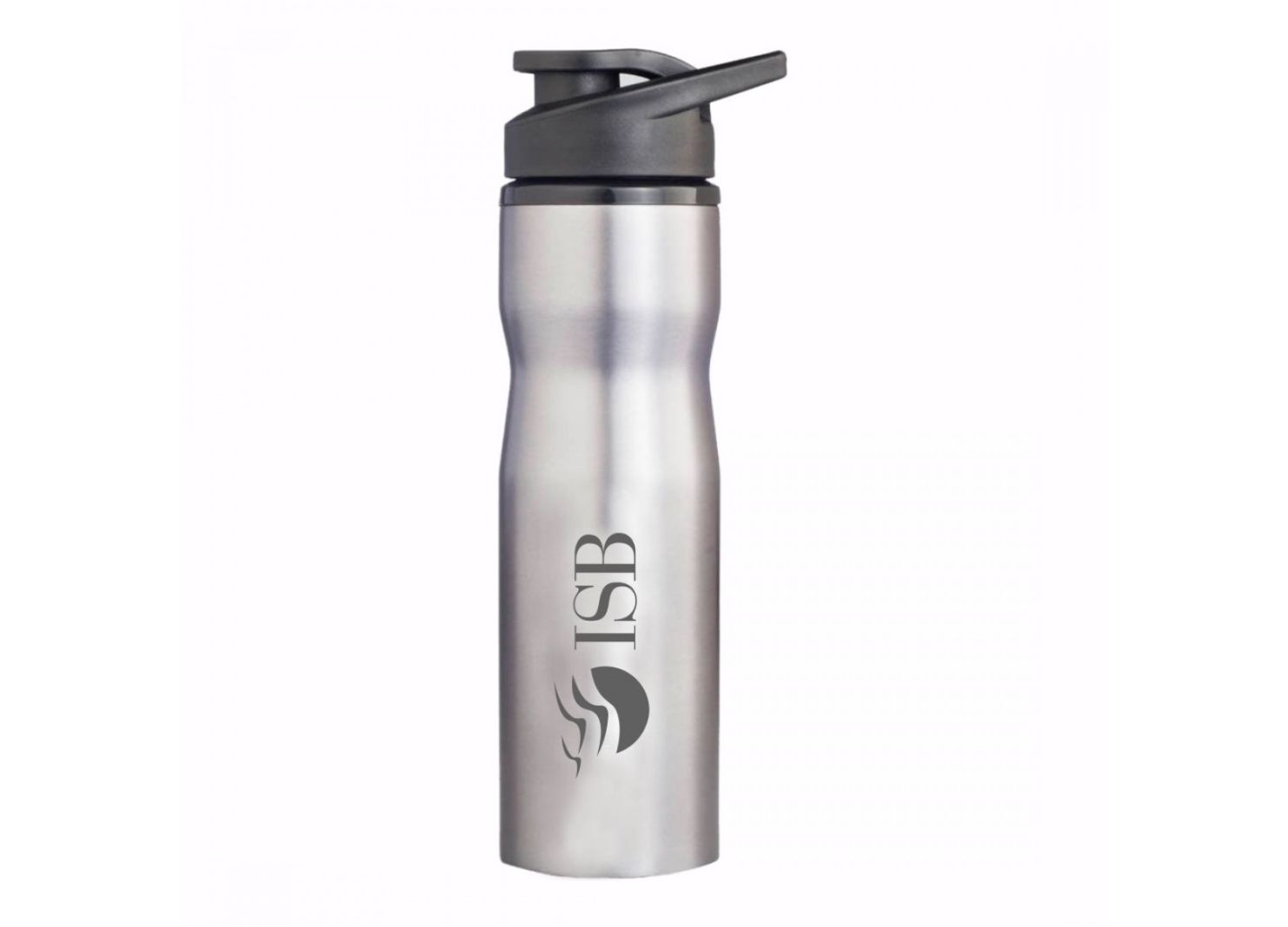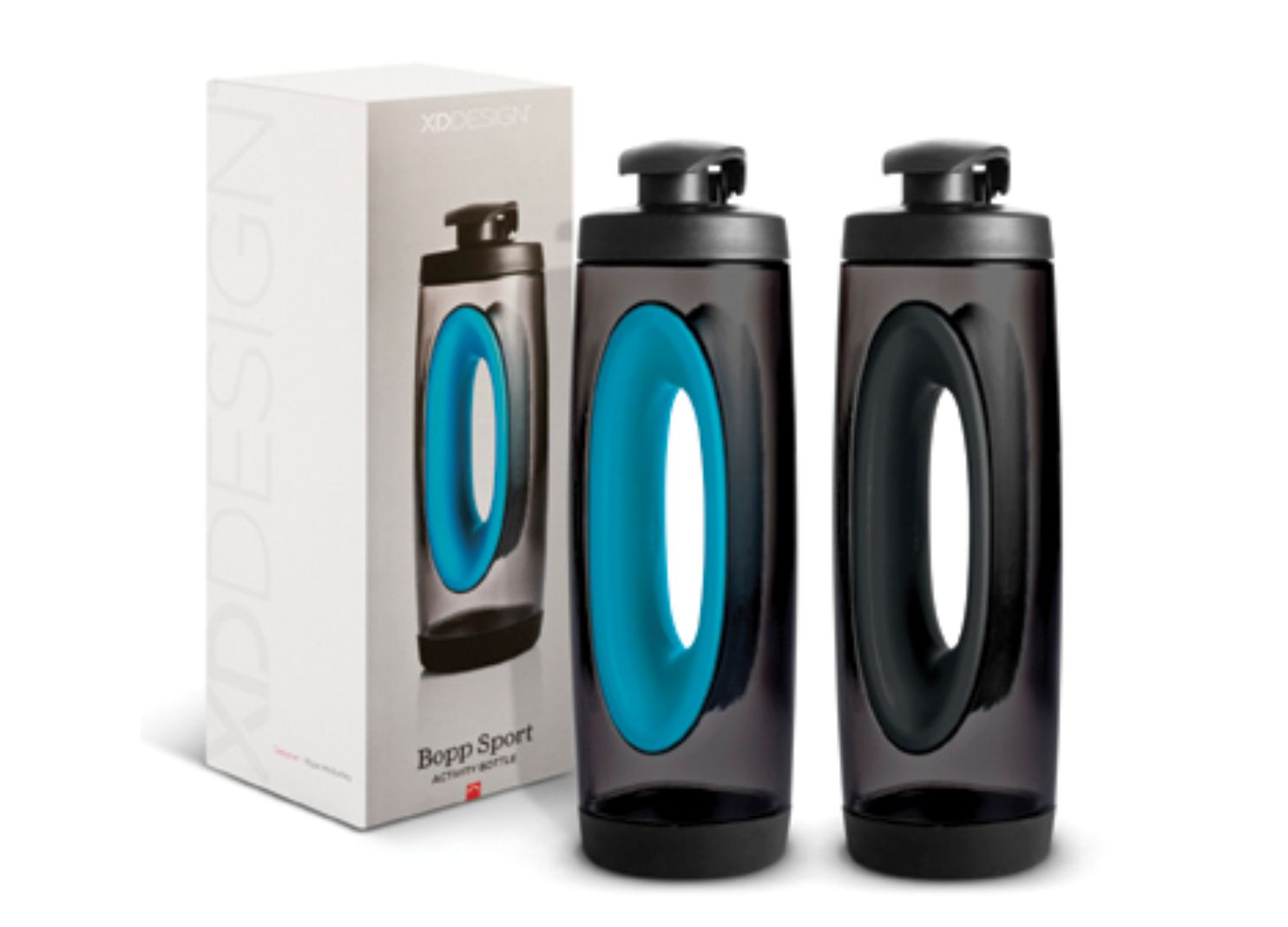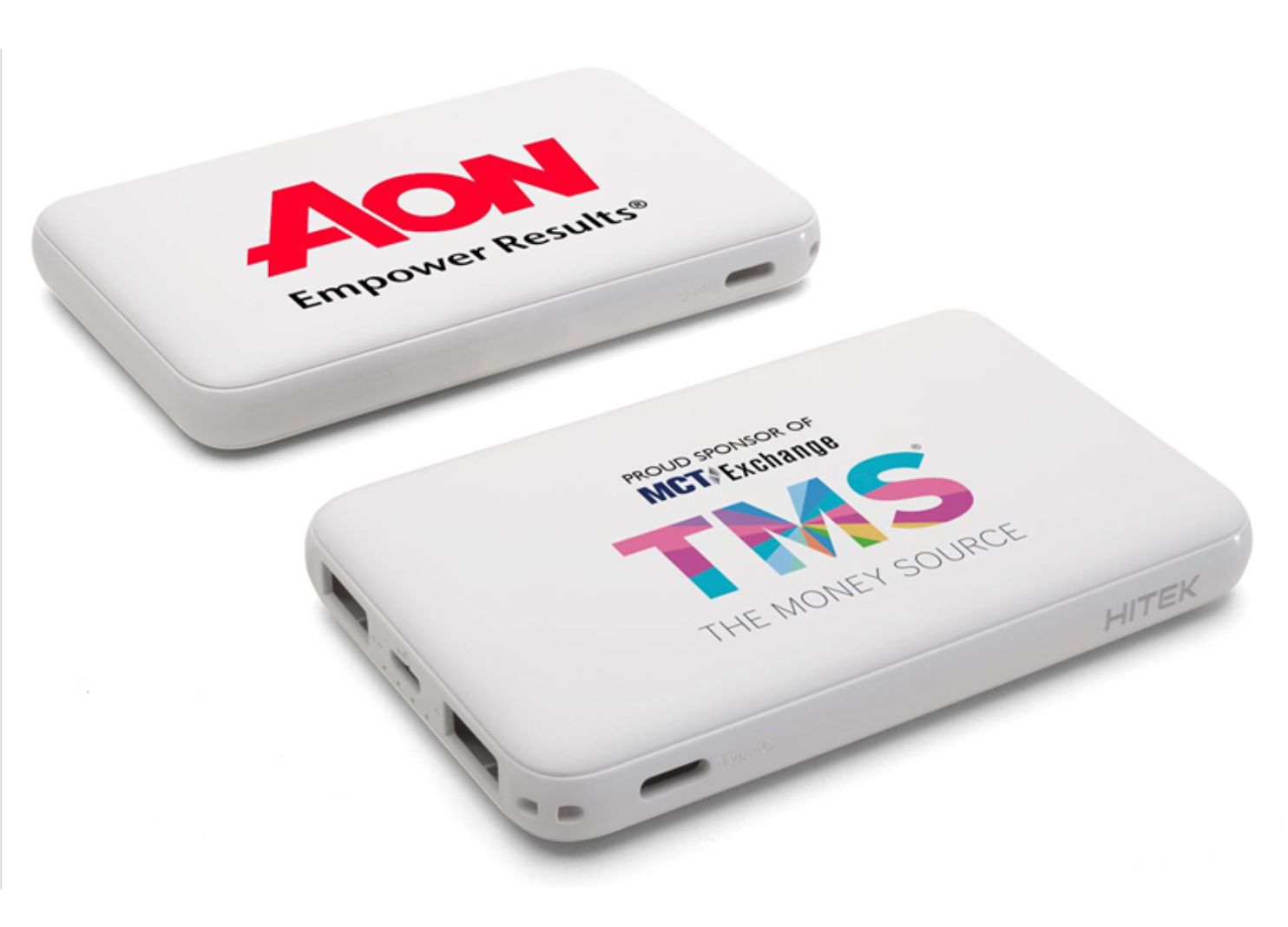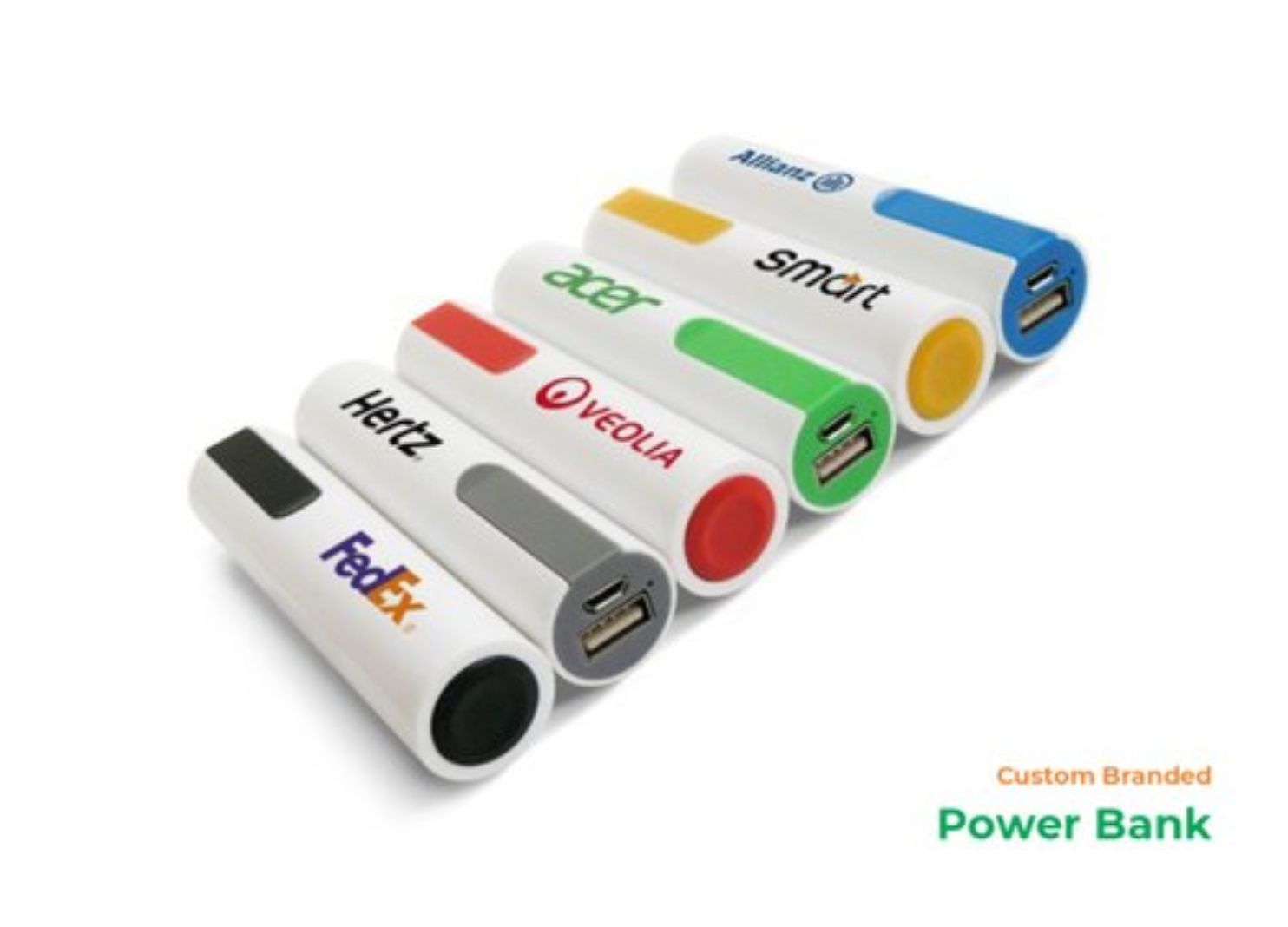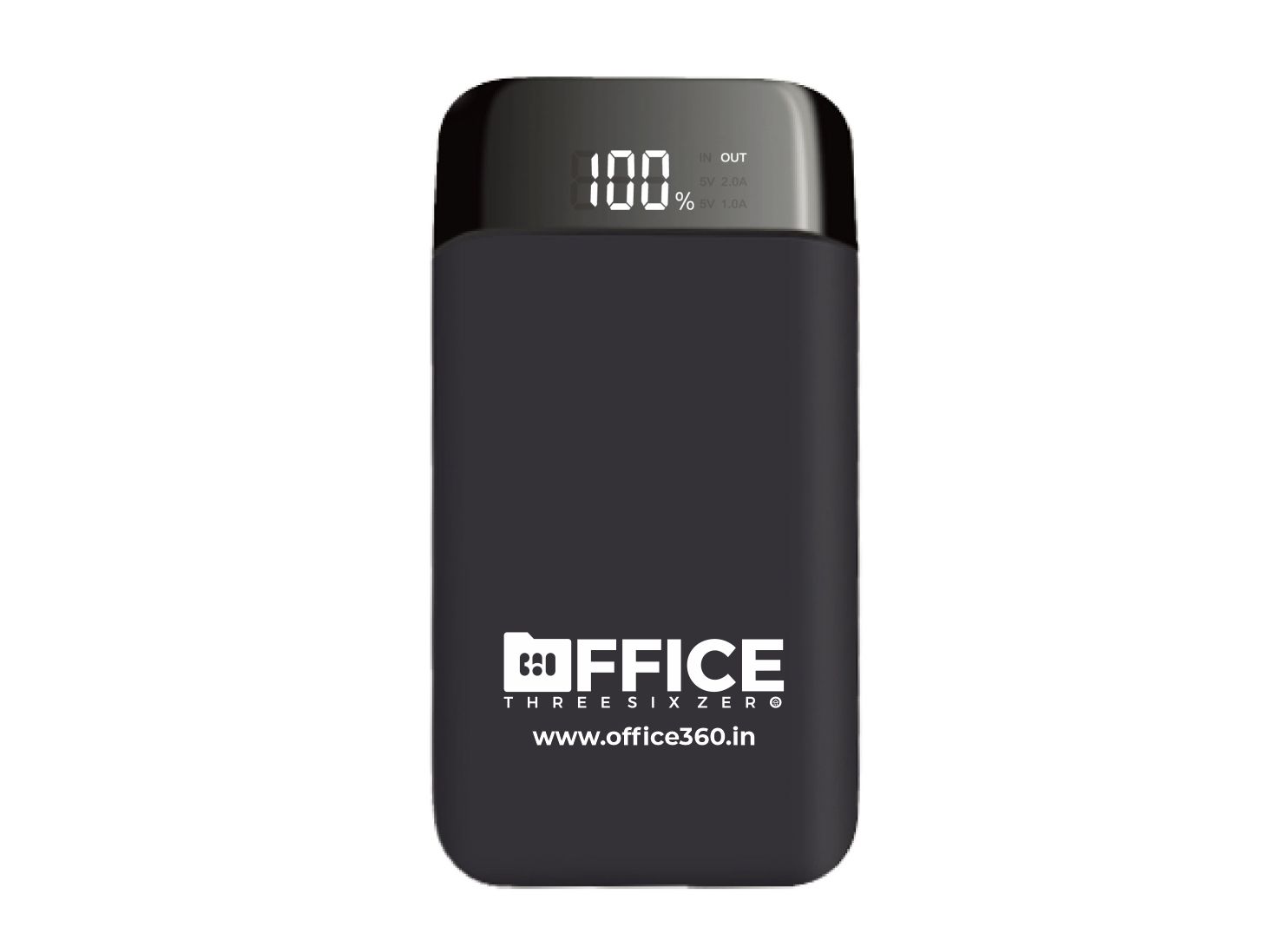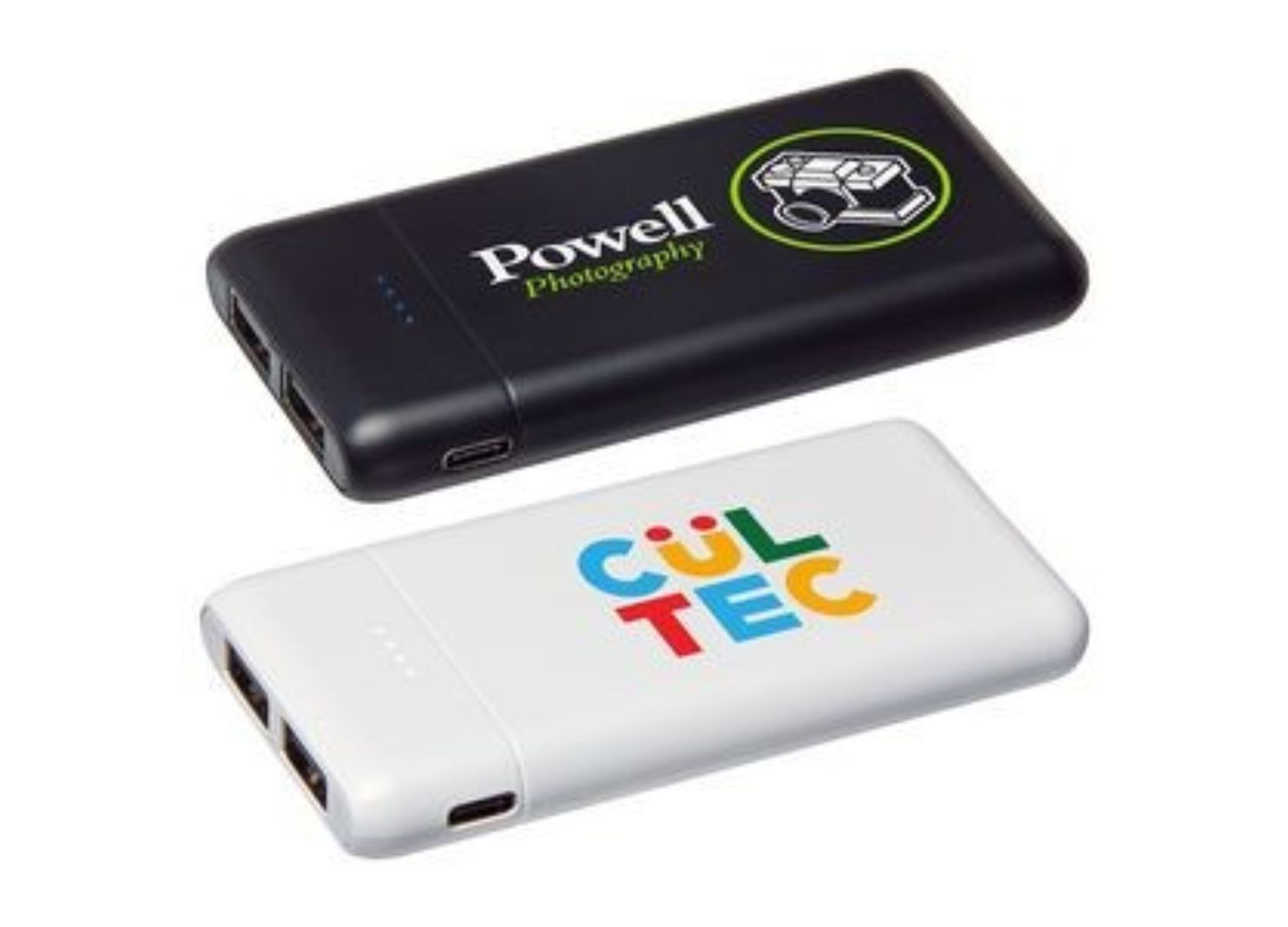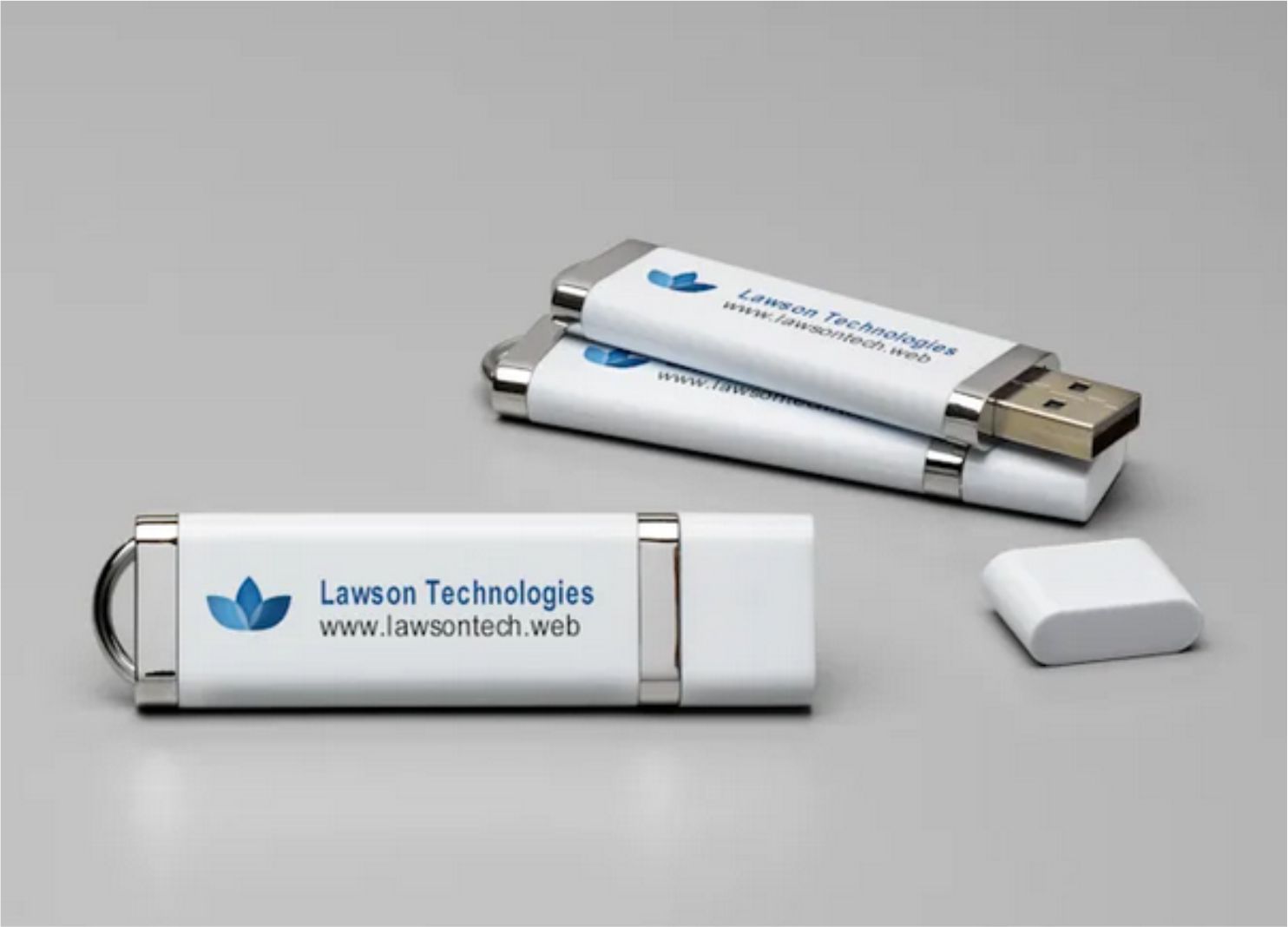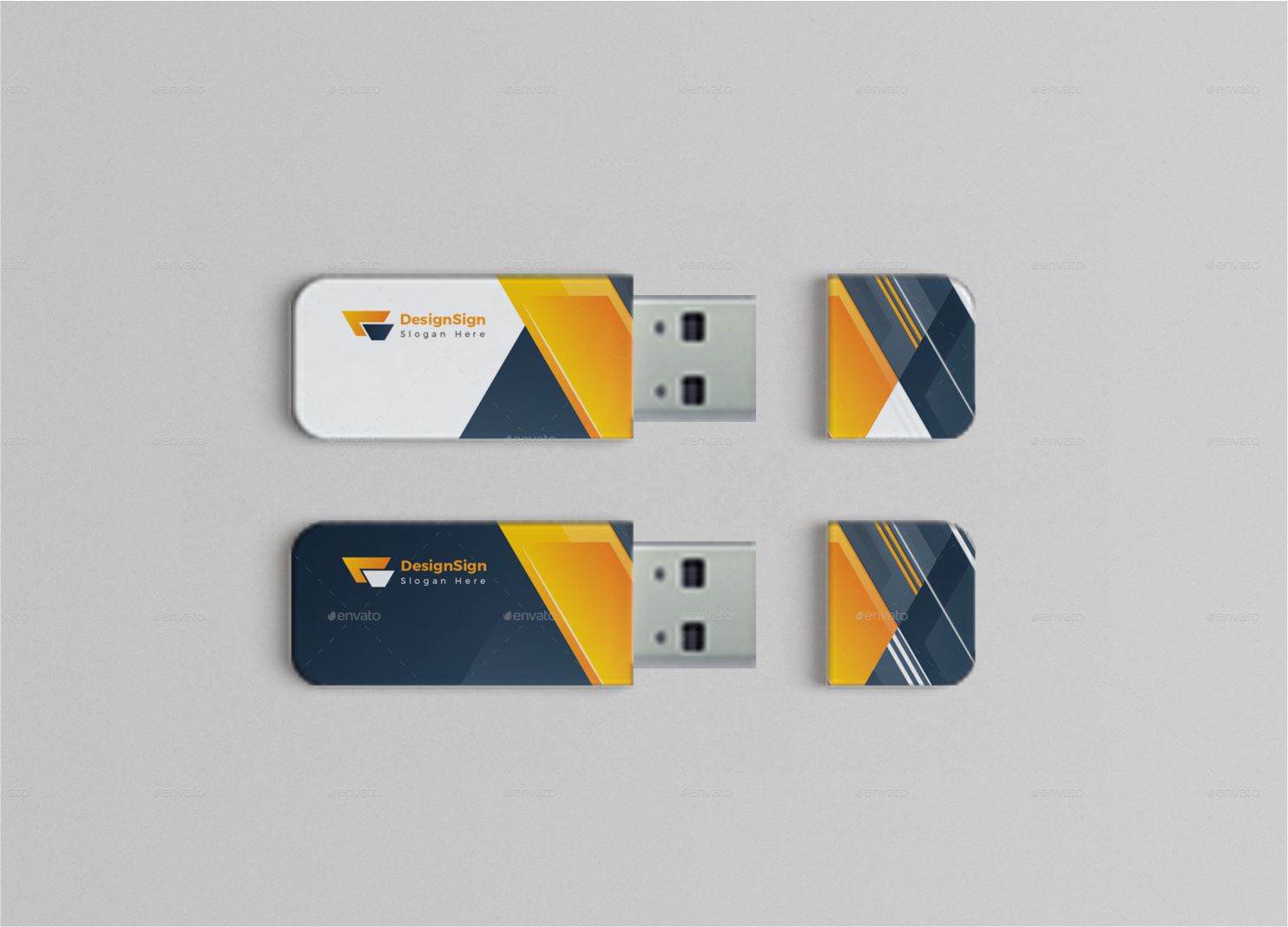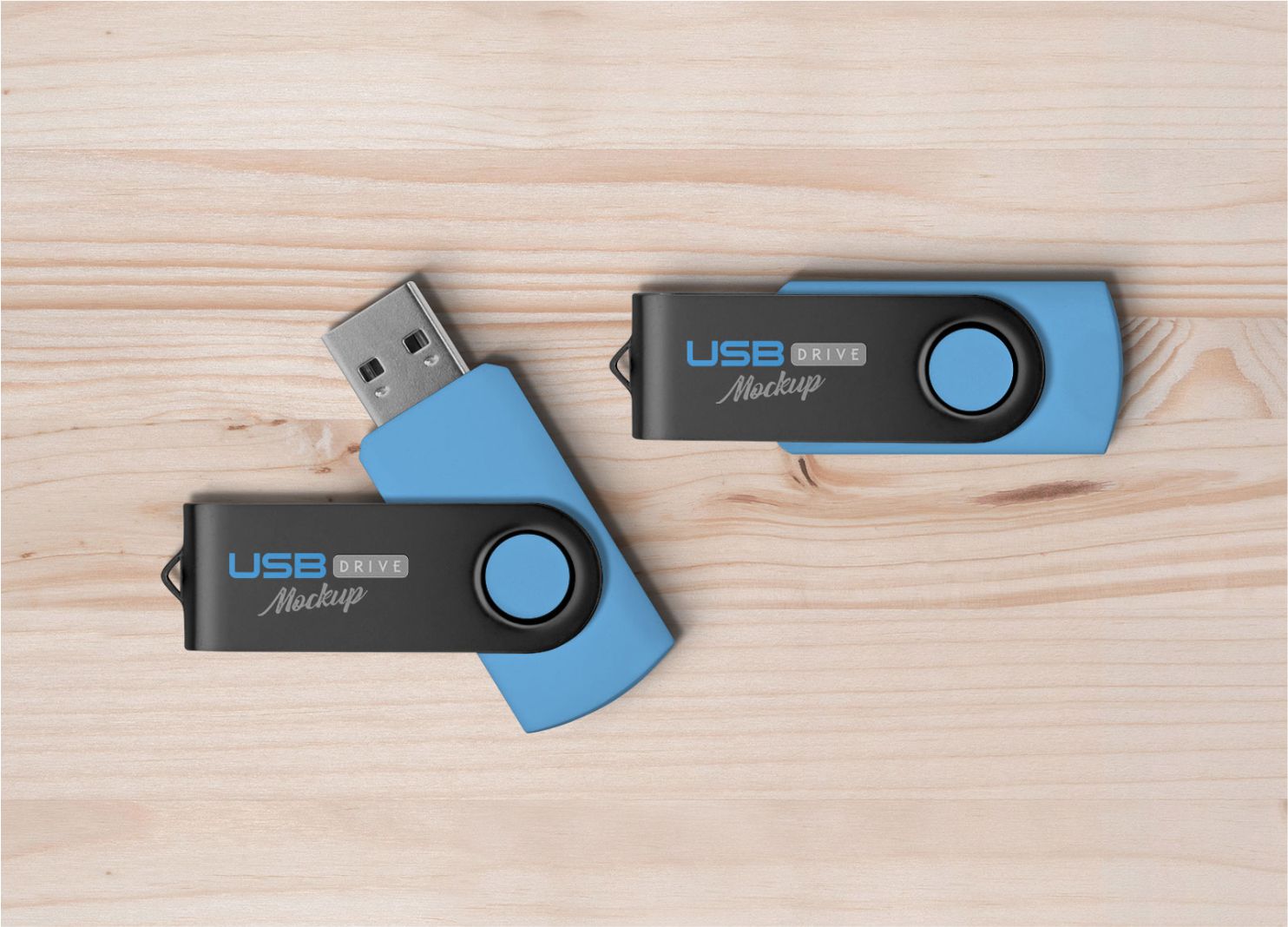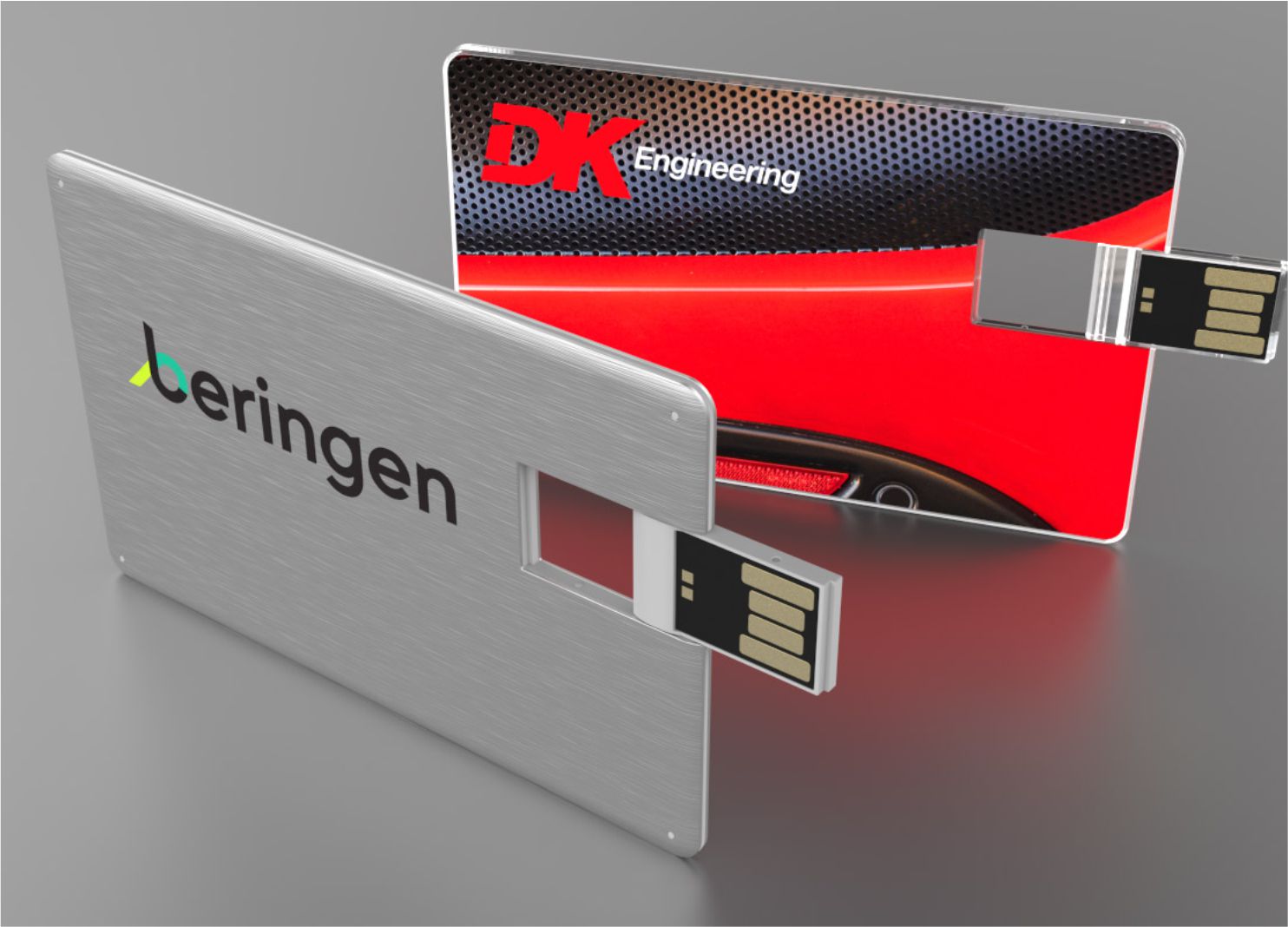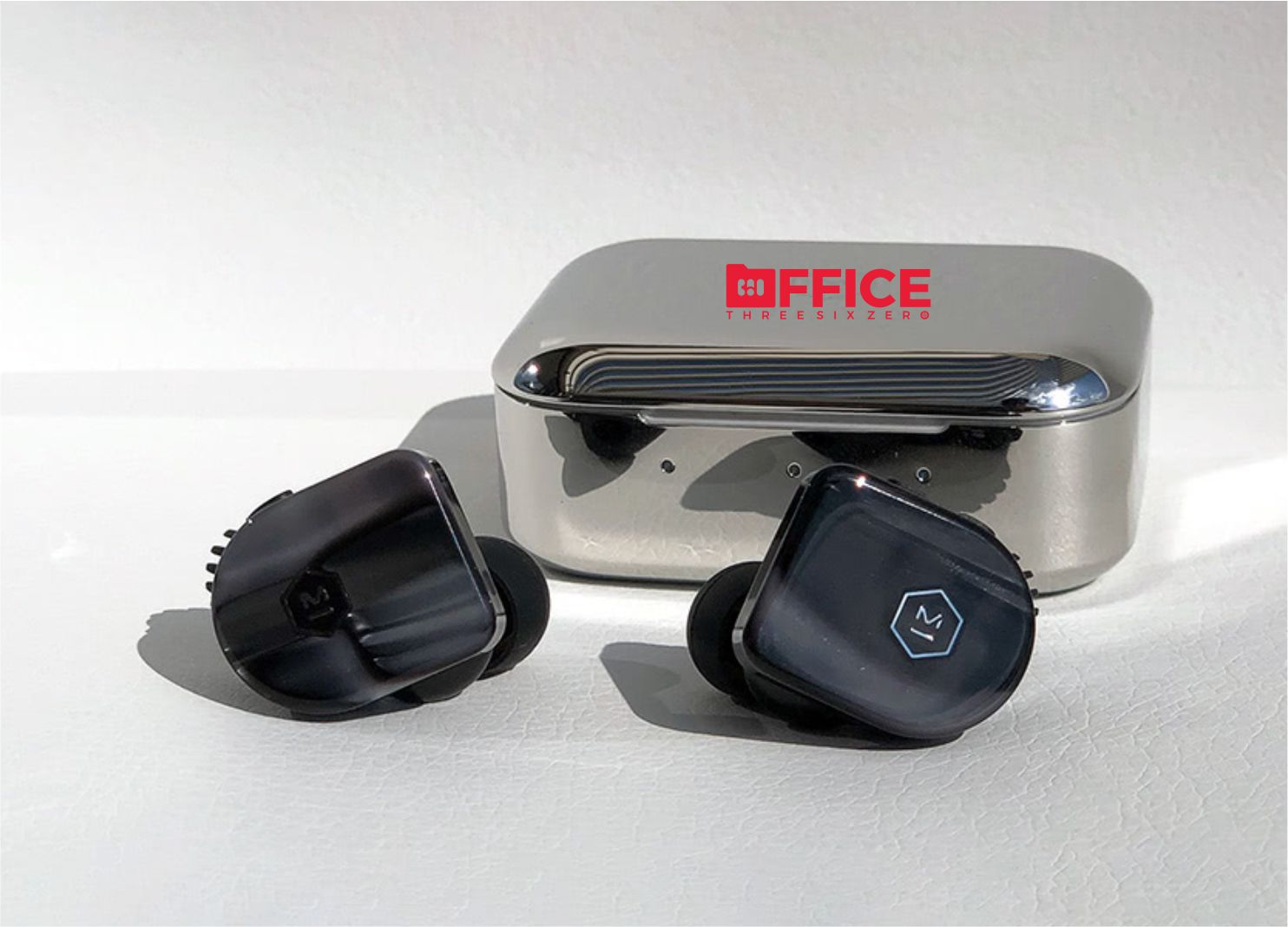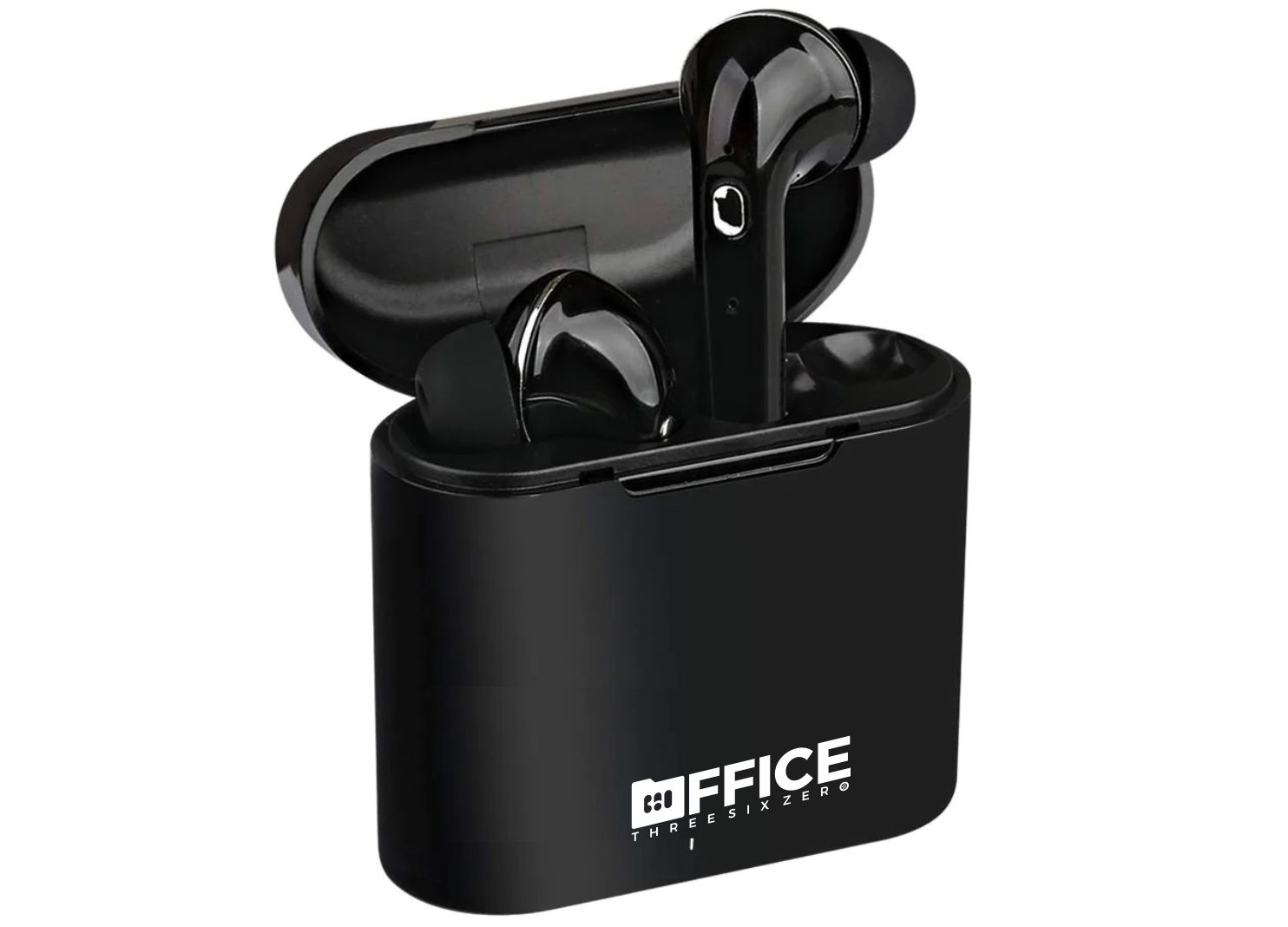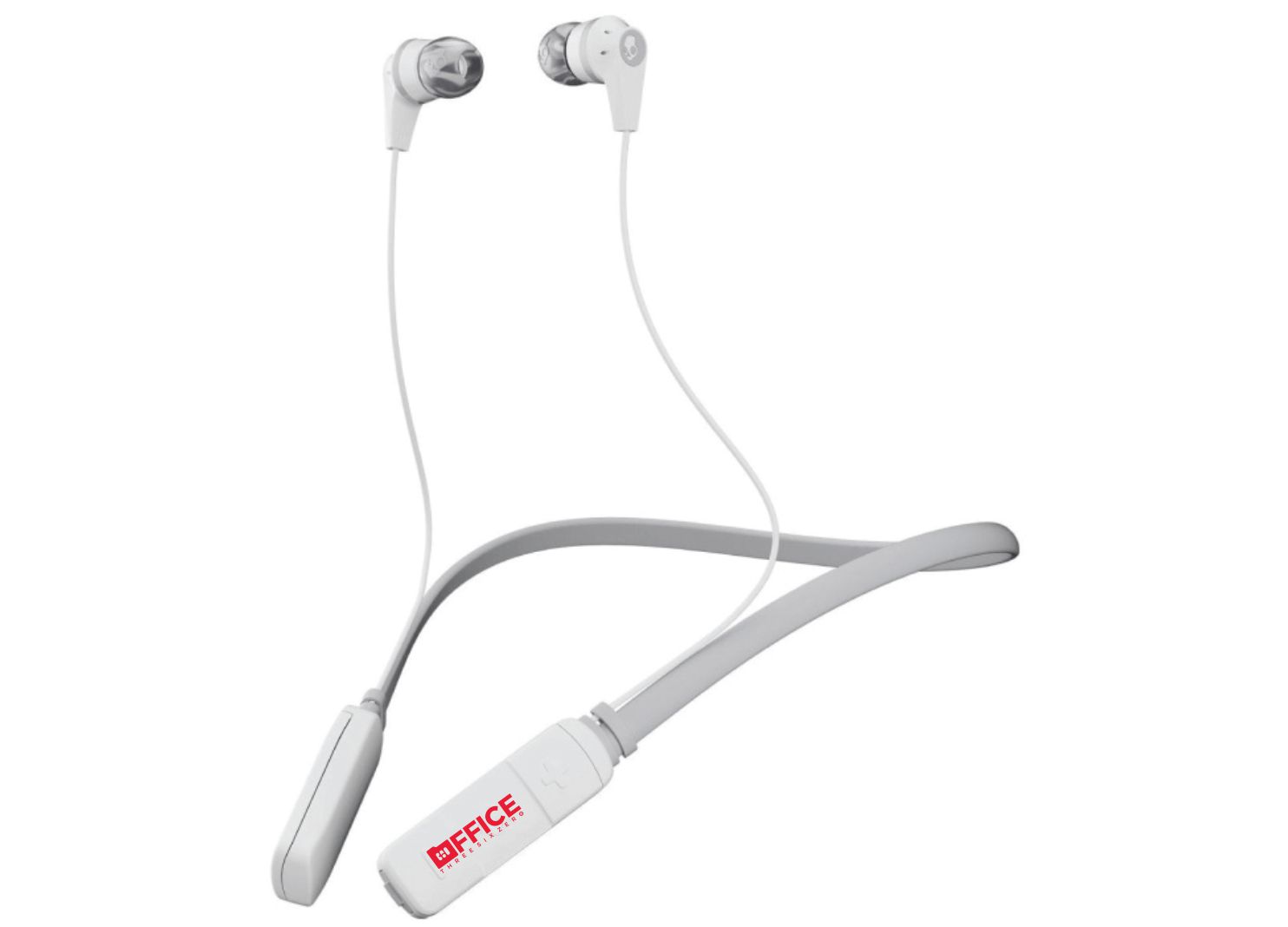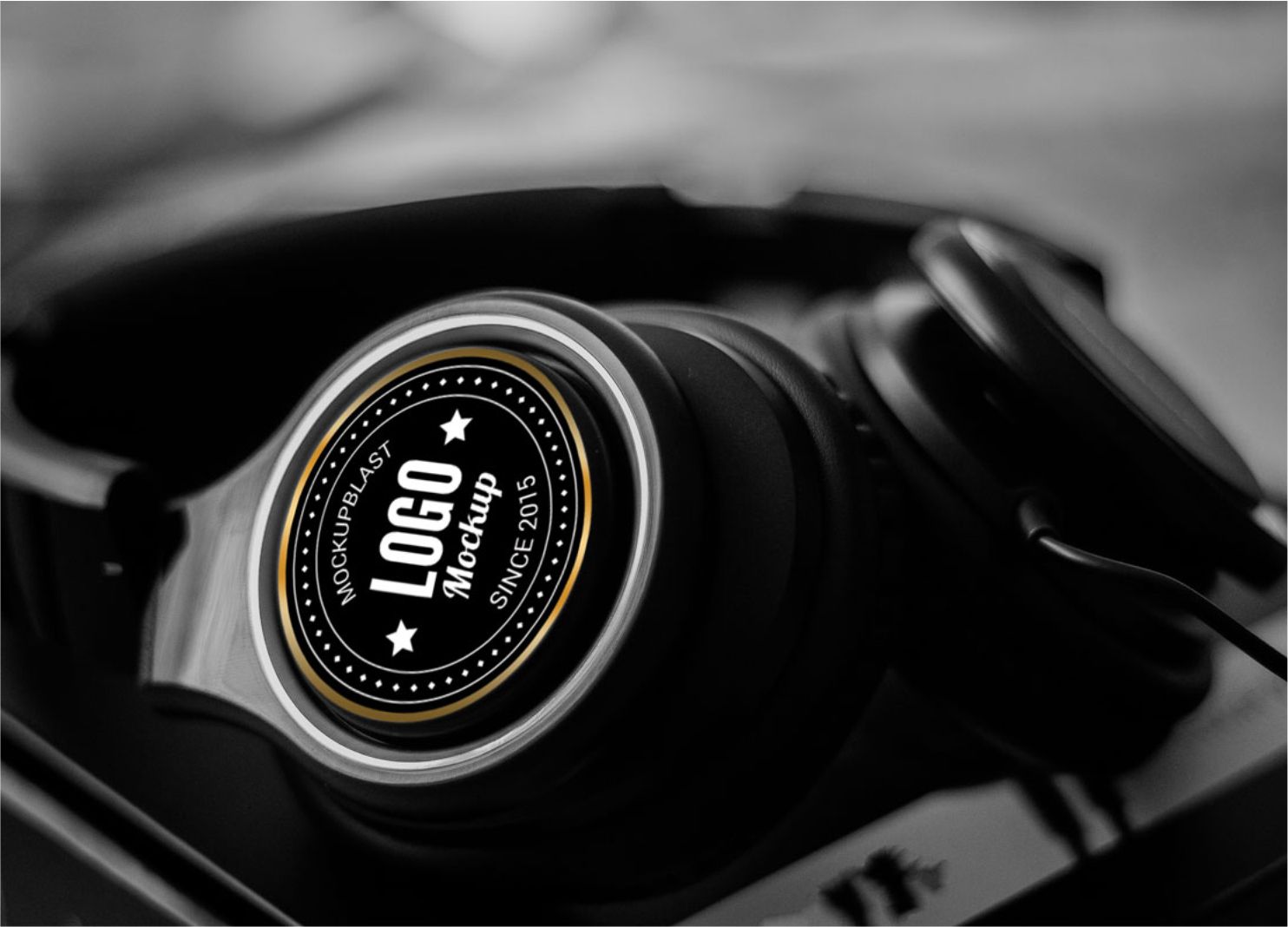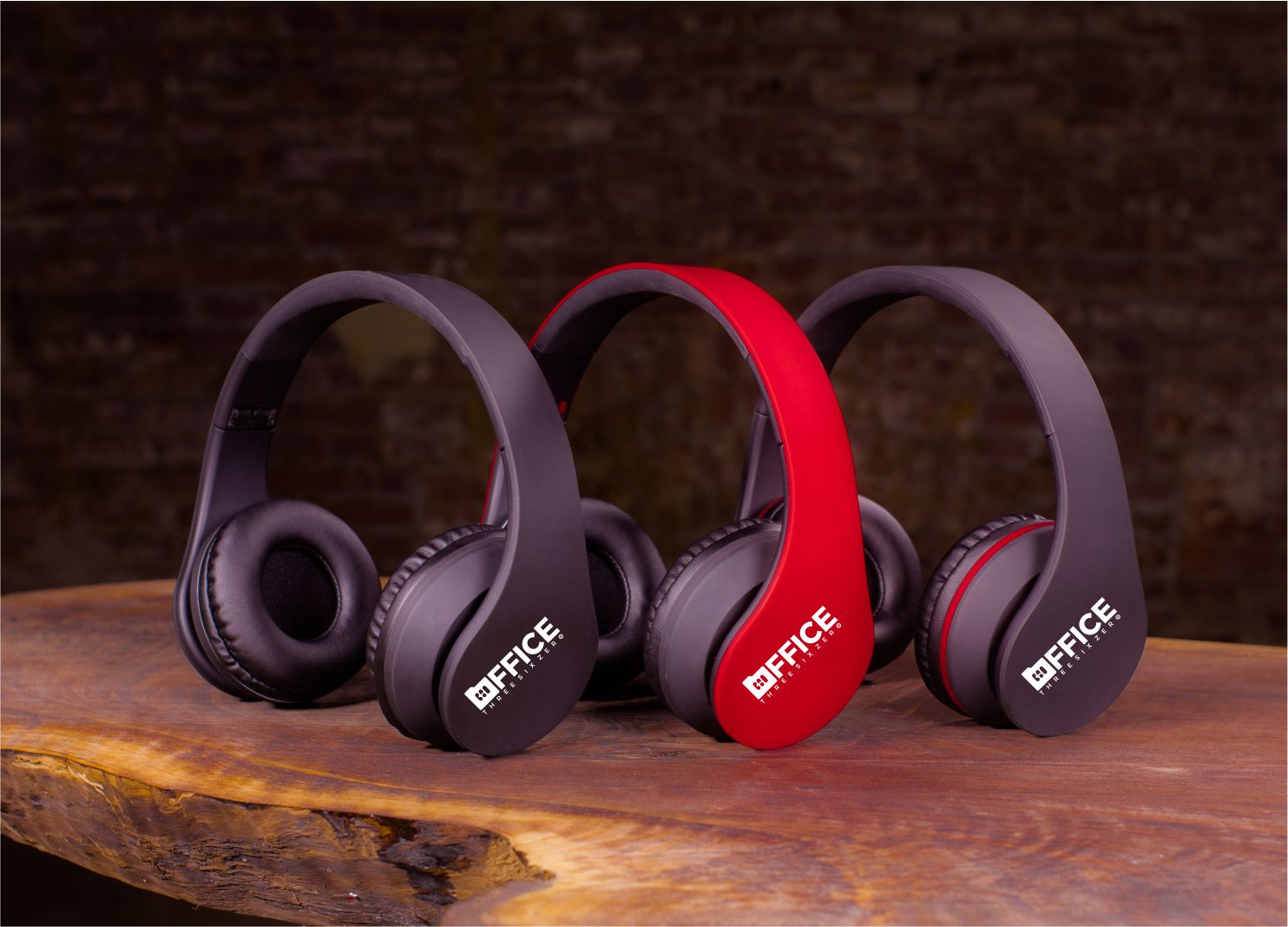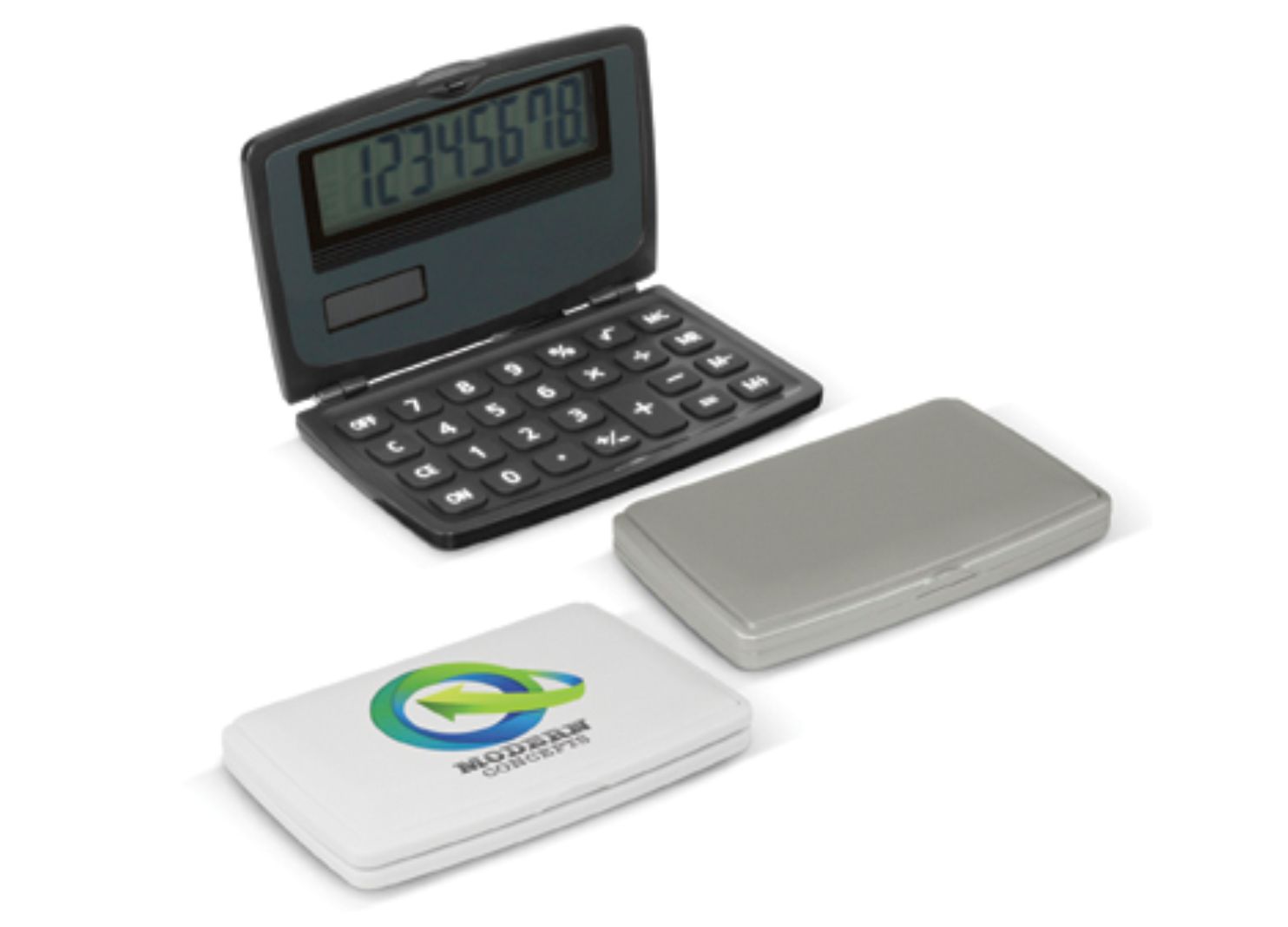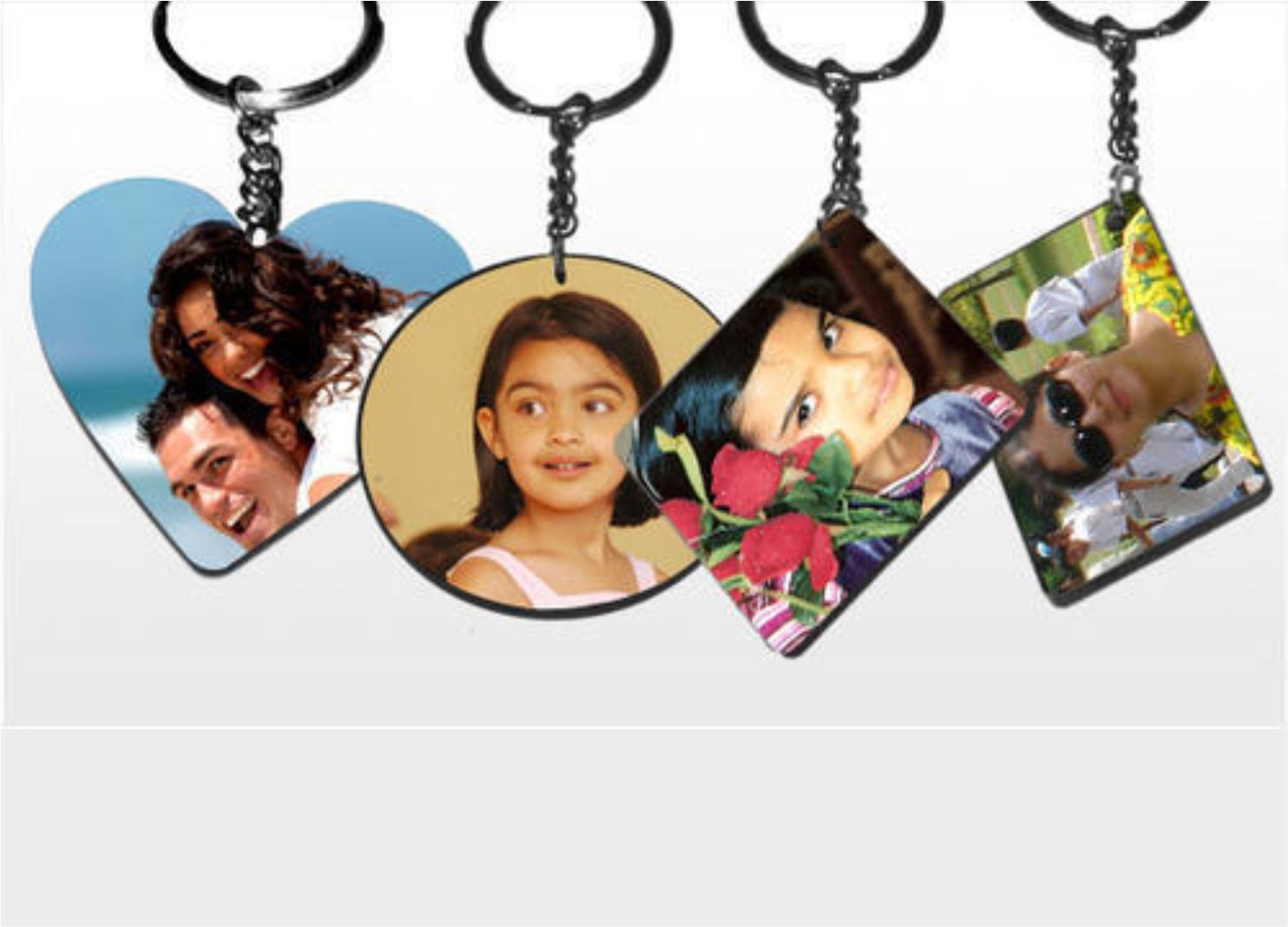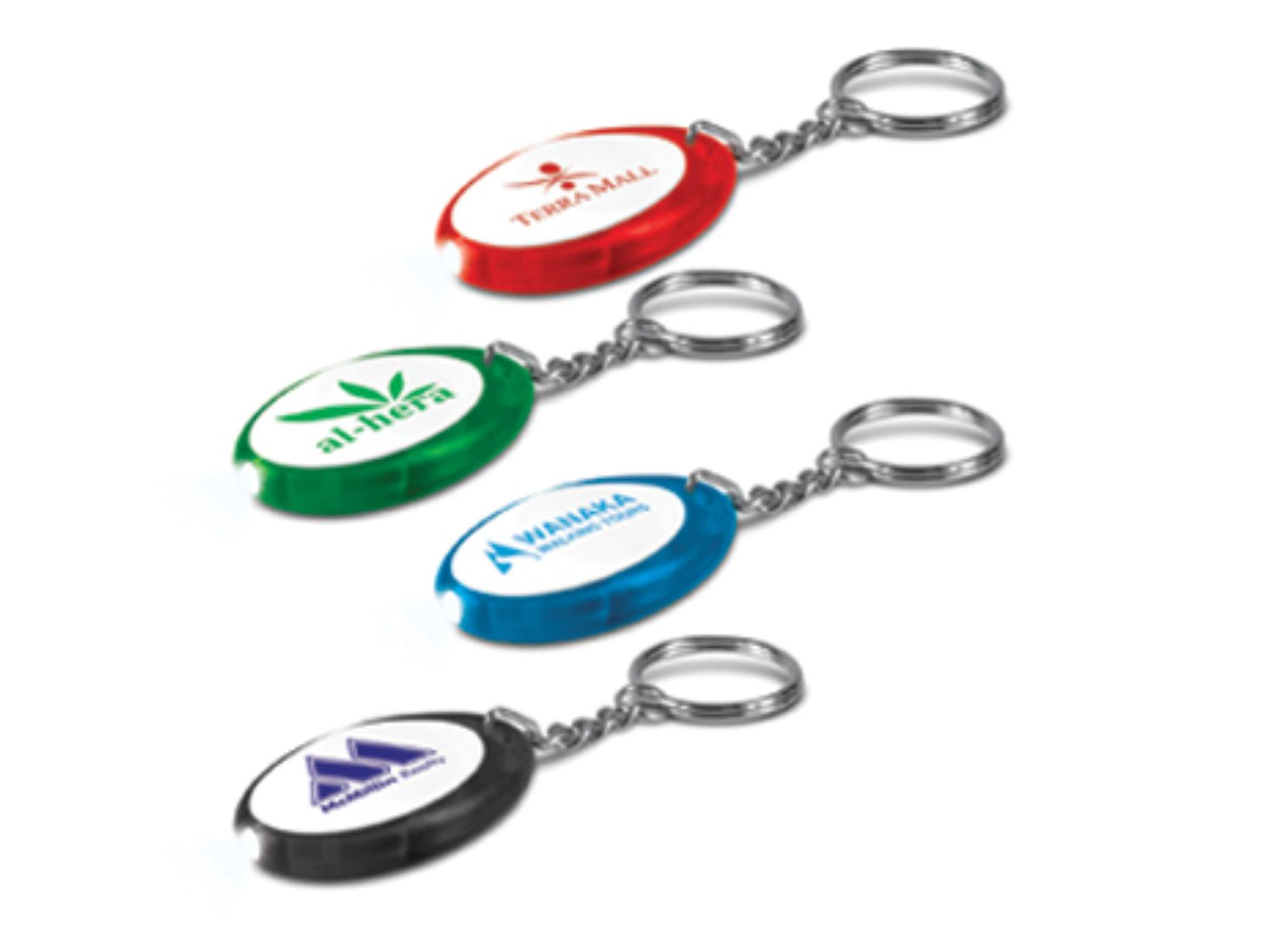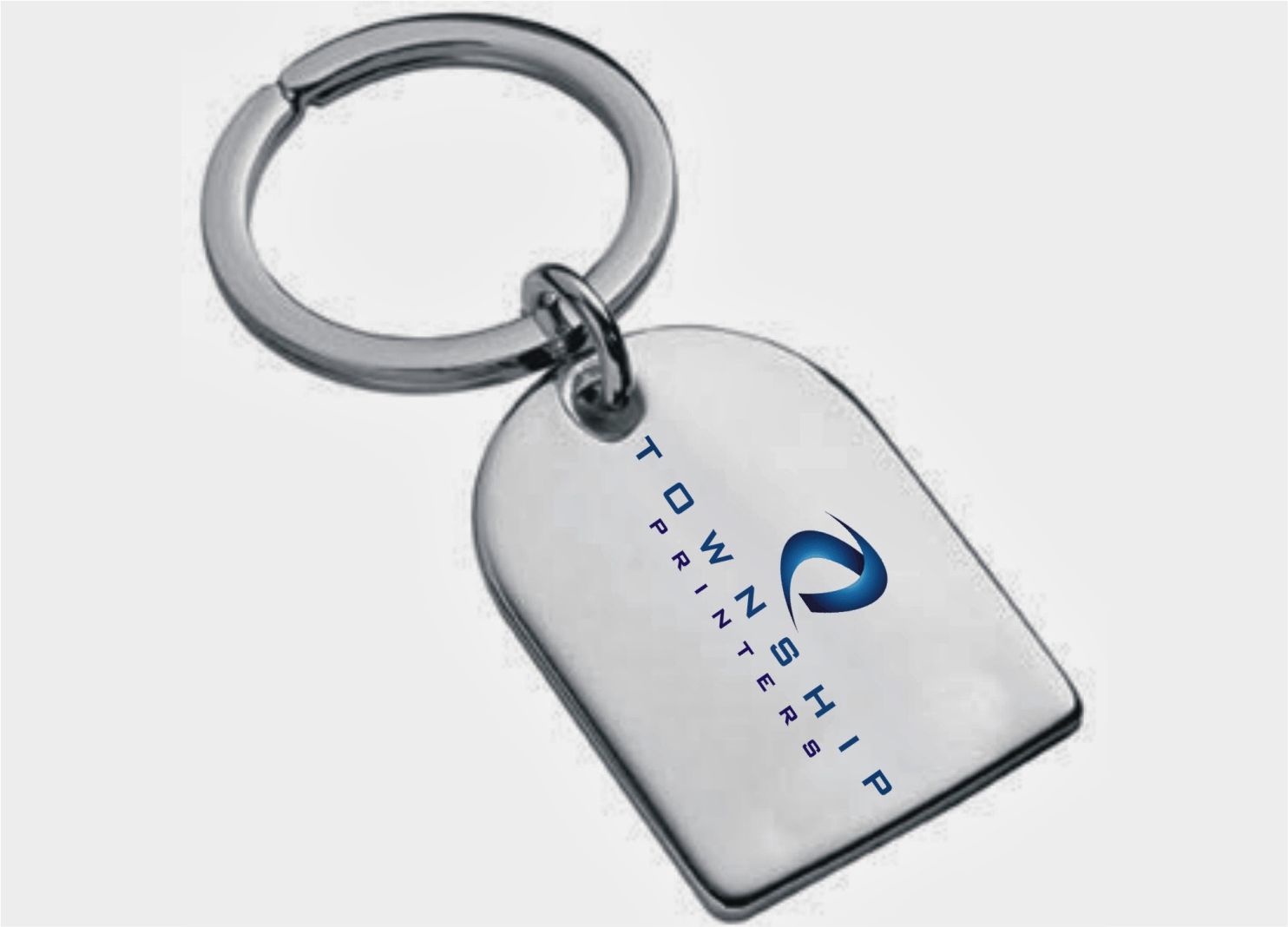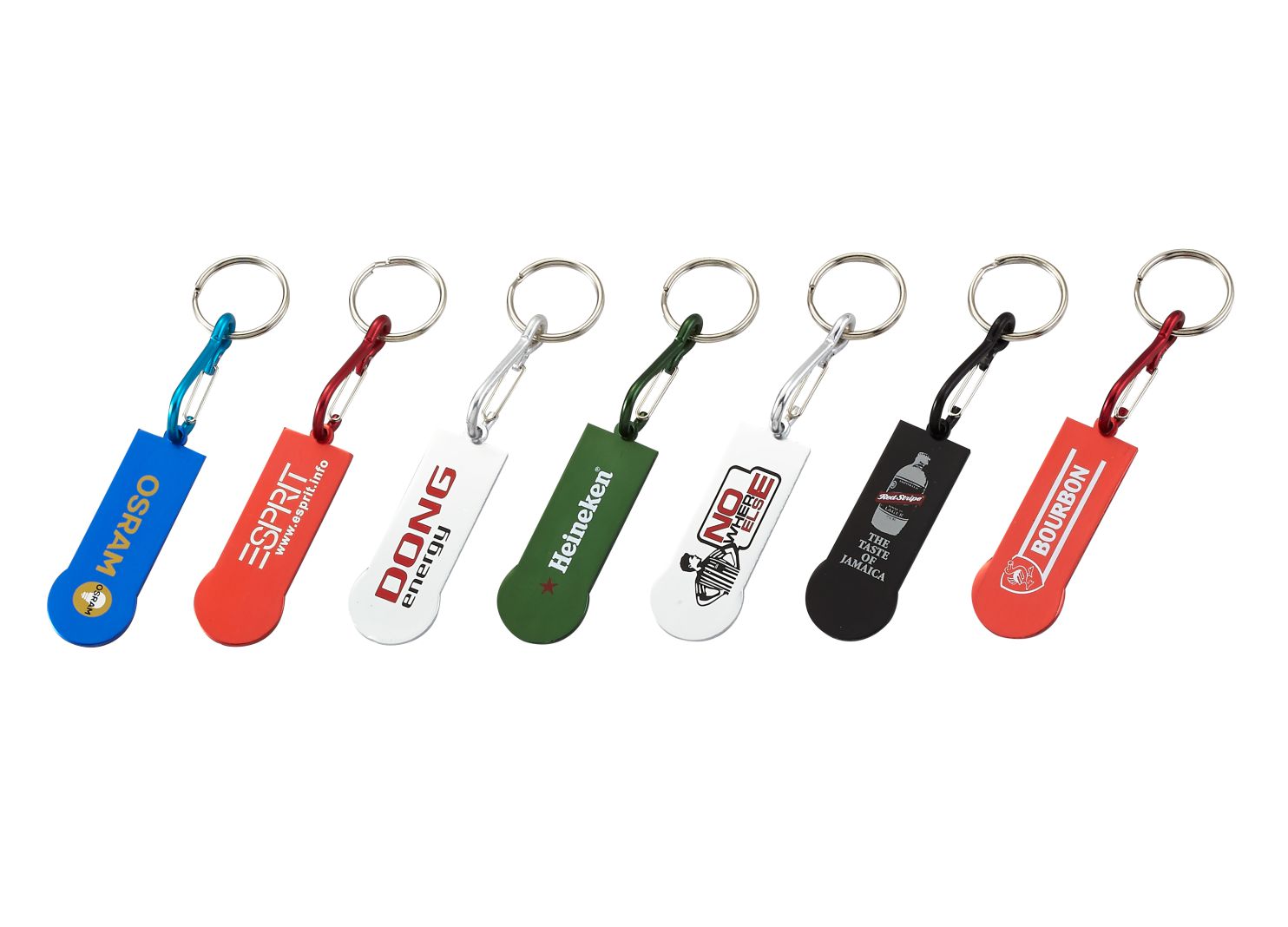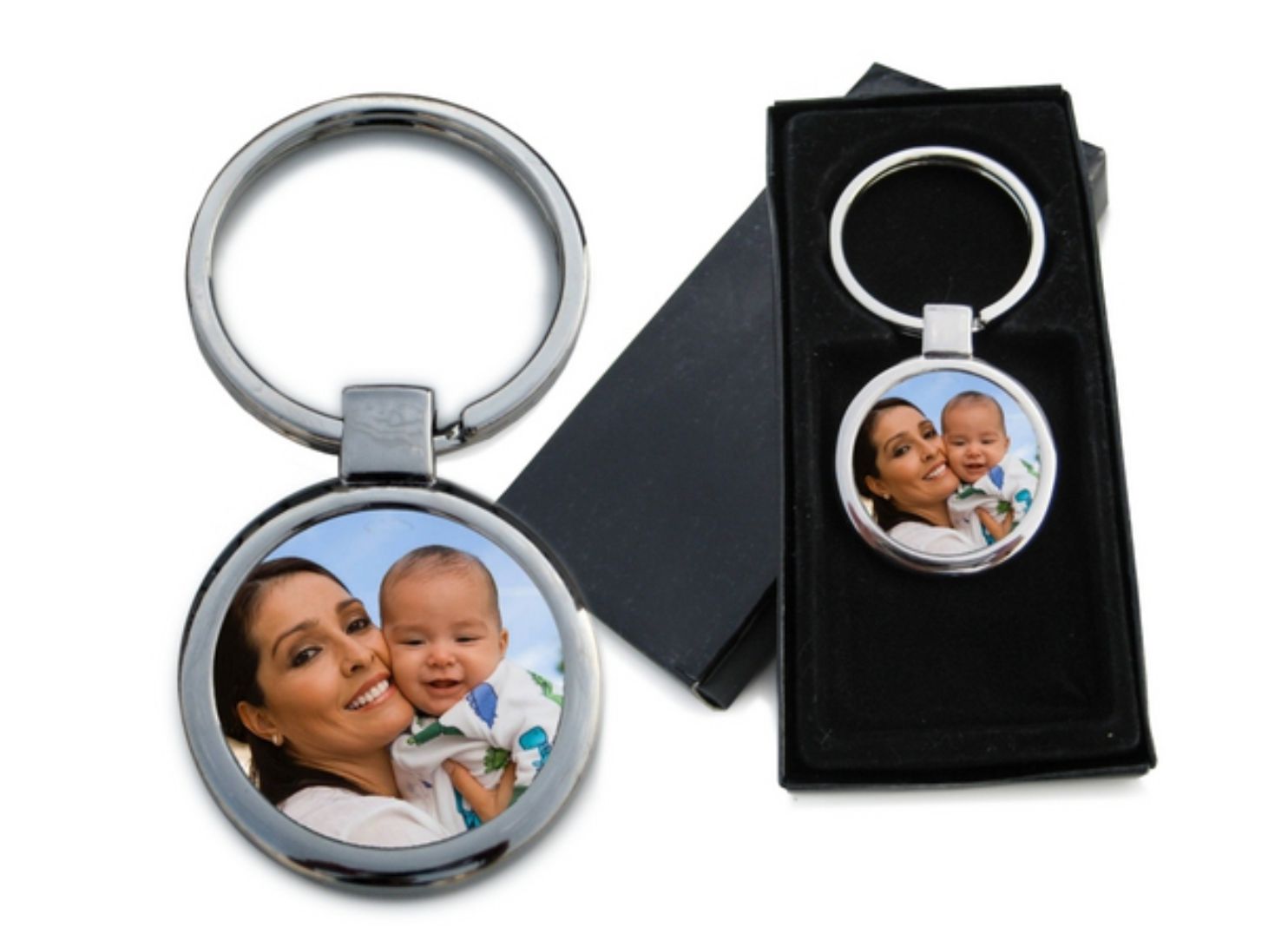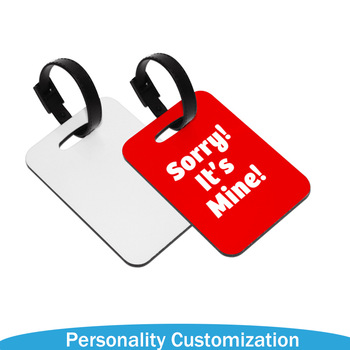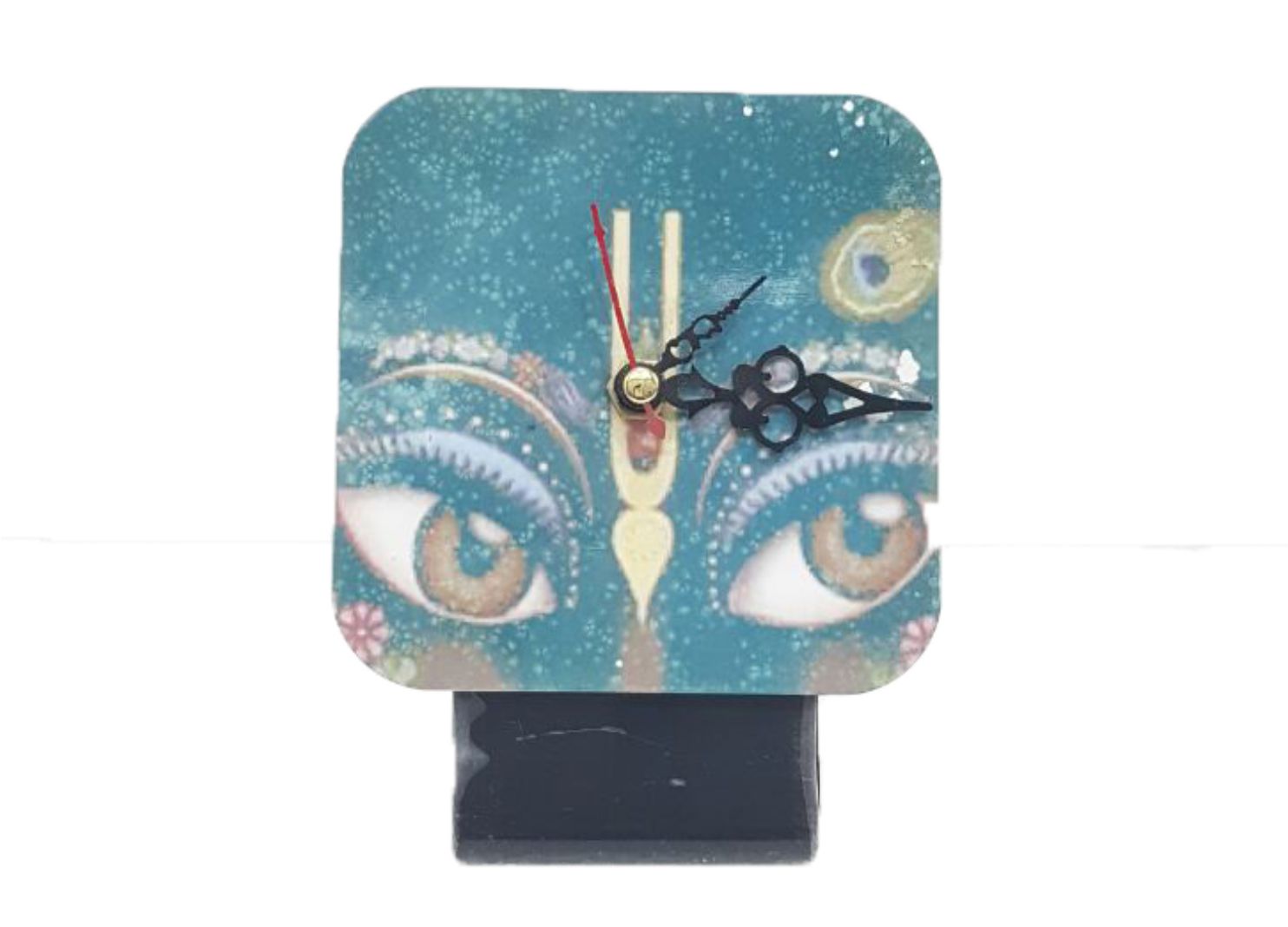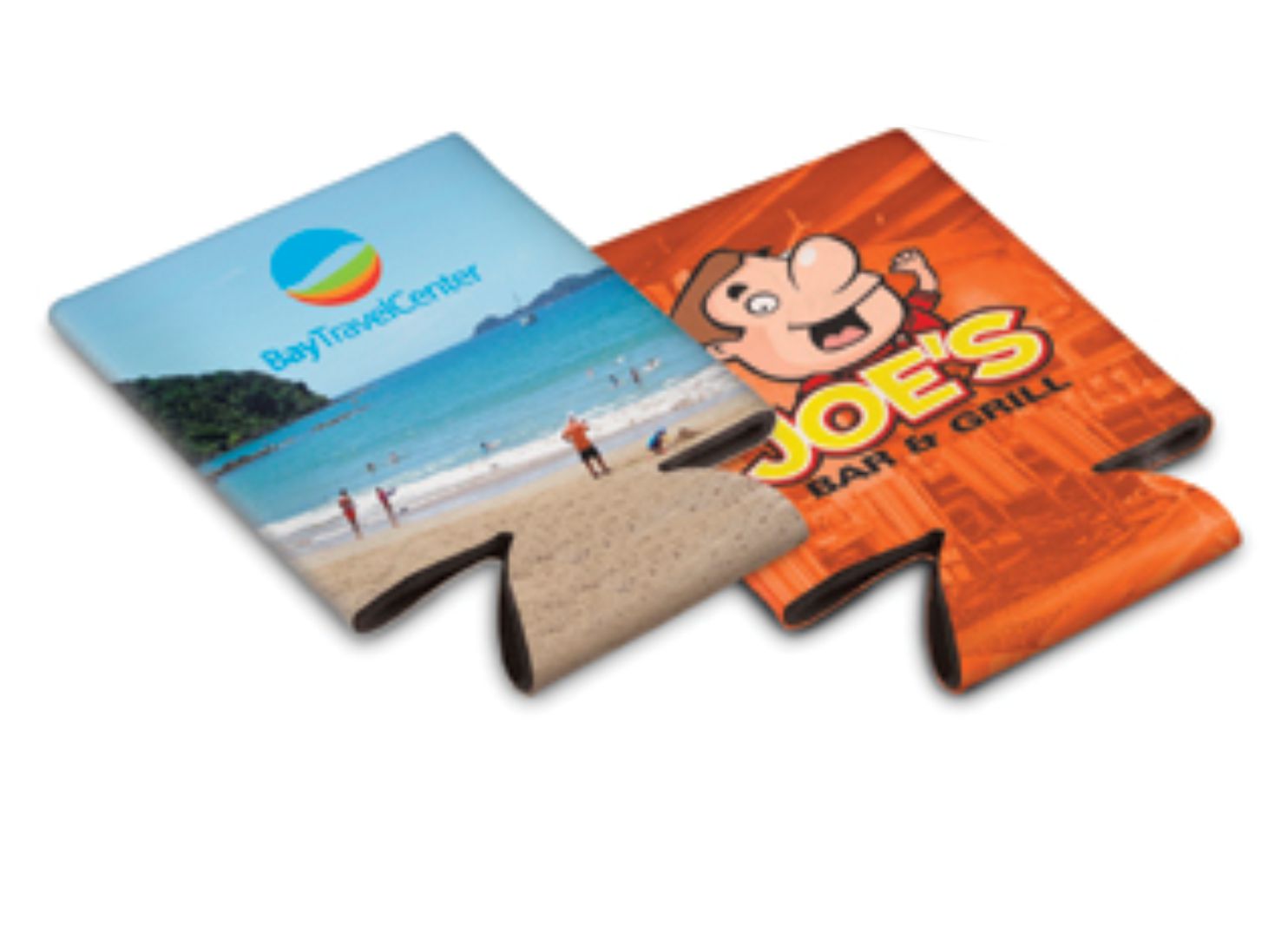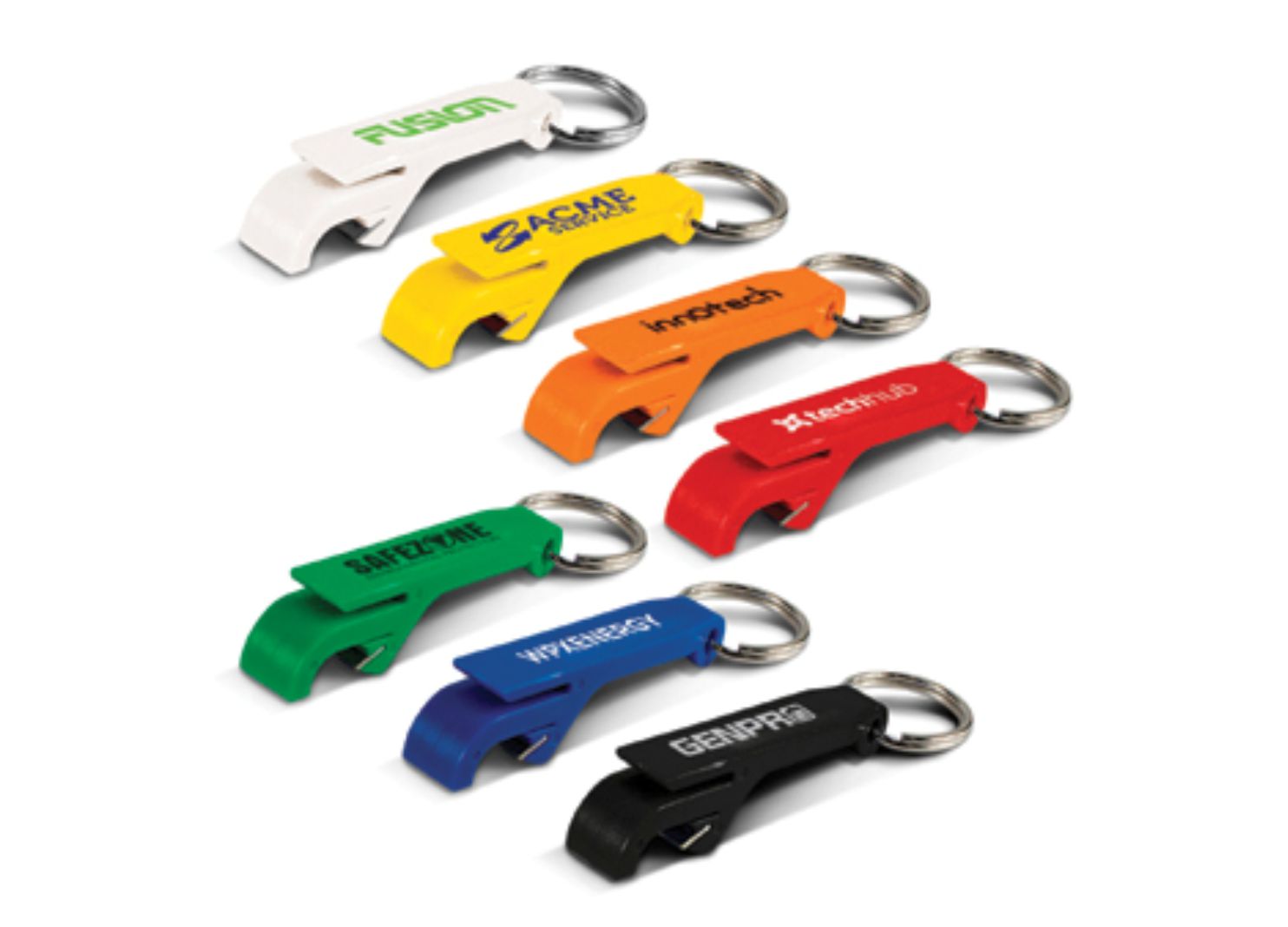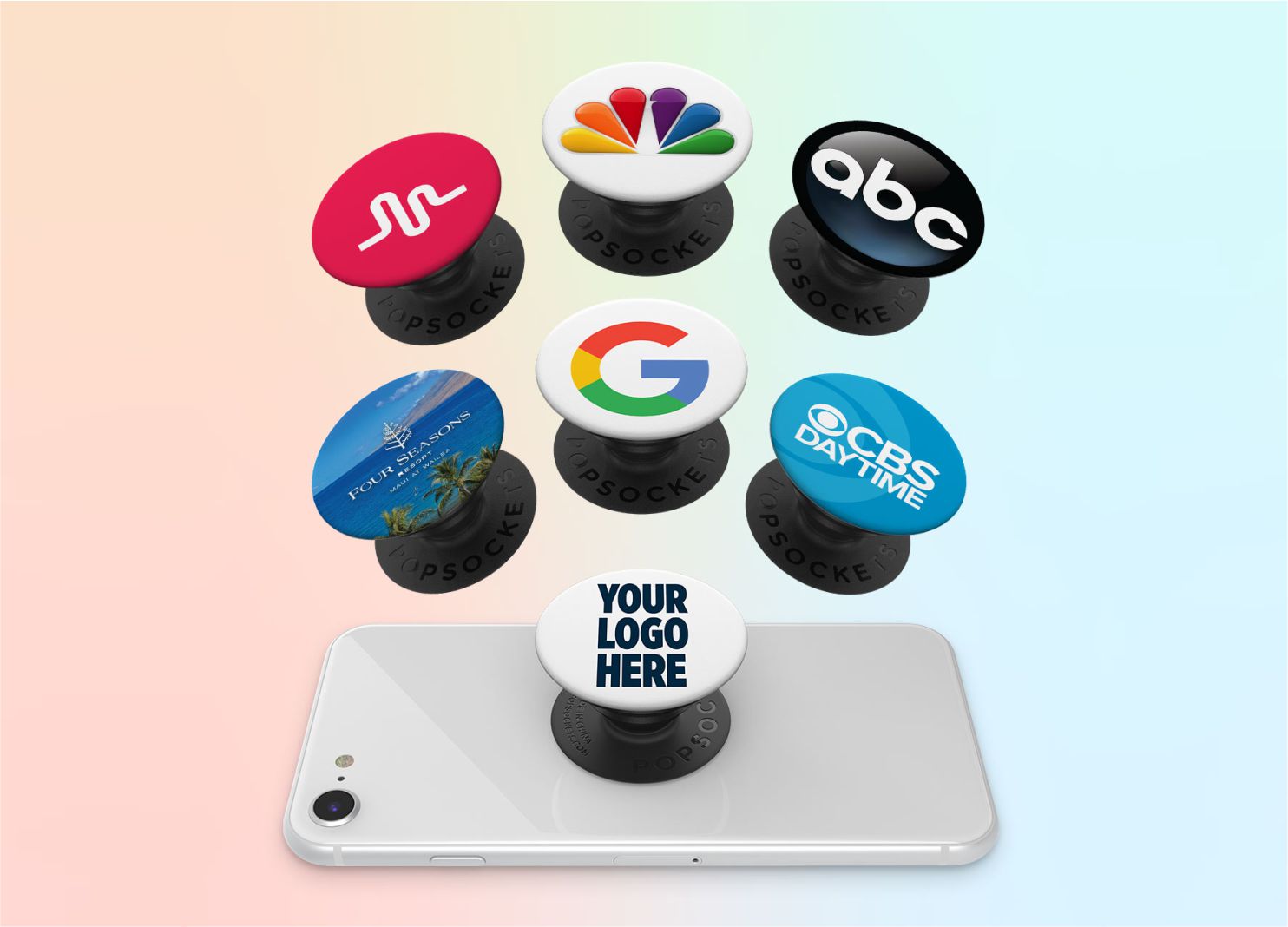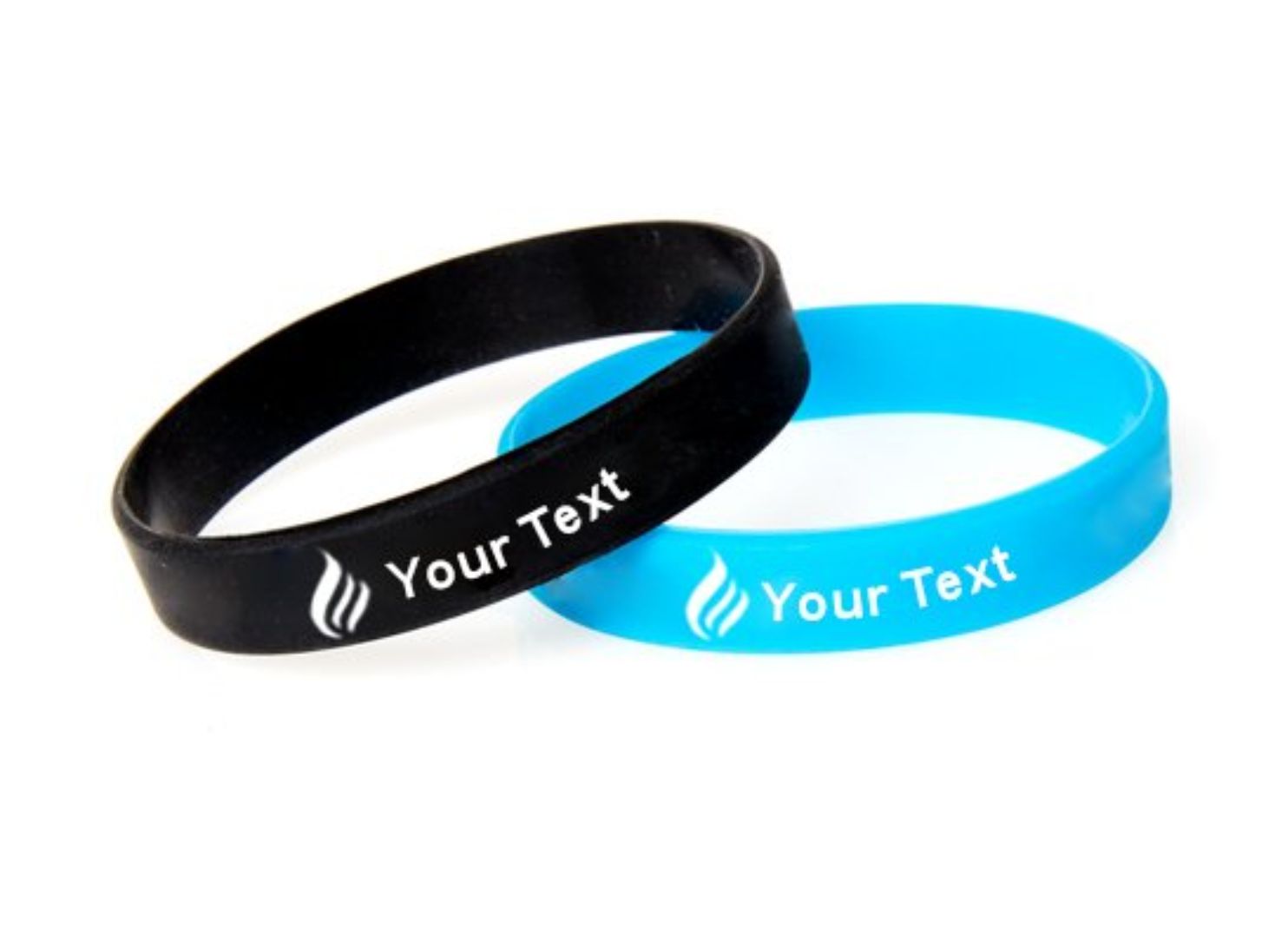UV Printing
- Printing Technique: UV Printing
- UV Printing Products
- Glass Products
- Metal Products
- Plastic Products
- Acrylic Products
- Leather Products
- Diay
- Pen Drive
- Power Bank
- Popsocket
- Wall Poster
- Sipper Bottle
- Pen Branding
- Bag & Dairy
- And Much More...
UV Printing Products
About UV Printing
UV printing is a unique method of digital printing utilising ultraviolet (UV) light to dry or cure ink, adhesives or coatings almost as soon as it’s hit the paper, or aluminium, foam board or acrylic - in fact, as long as it fits in the printer, the technique can be used to print on almost anything.
The technique of UV curing – the photochemical process of drying - was originally introduced as a means of quickly drying gel nail polishes used in manicures, but it has recently been adopted by the printing industry where it is used to print on anything from signage and brochures to beer bottles. The process is the same as traditional printing, the only difference is the inks used and the drying process – and the superior products produced.
In traditional printing, solvent inks are used; these can evaporate and release volatile organic compounds (VOCs) which are harmful to the environment. The method also produces – and uses - heat and an accompanying odor. Furthermore, it requires additional spray powders to help with the ink offsetting process and drying, which can take several days. The inks are absorbed into the printing medium, so colours can seem washed out and faded. The printing process is limited mostly to paper and card mediums, so it can’t be used on materials such as plastic, glass, metal, foil or acrylic like UV printing.
In UV printing, mercury/quartz or LED lights are used for curing instead of heat; the specially designed high-intensity UV light closely follows as the special ink is distributed on the printing medium, drying it as soon as it is applied. Because the ink transforms from a solid or paste to a liquid almost immediately, there is no chance for it to evaporate and so no VOCs, toxic fumes or ozone are released, making the technology environmentally friendly with almost a zero carbon footprint.
The ink, adhesive or coating contains a mixture of liquid monomers, oligomers – polymers consisting of few repeating units - and photoinitiators. During the curing process, high-intensity light in the ultraviolet part of the spectrum, with a wavelength between 200 and 400 nm, is absorbed by the photoinitiator which undergoes a chemical reaction – chemical cross linking - and causes the ink, coating or adhesive to harden instantly.
Its easy to see why UV printing has overtaken traditional water and solvent-based thermal drying techniques and why it is expected to continue growing in popularity. Not only does the method speed up production – meaning more is done in less time – rejection rates are reduced as the quality is higher. Wet droplets of ink are eliminated, so there is no rubbing off or smudging, and as the drying is almost immediate, there is no evaporation and therefore no loss of coating thickness or volume. Finer details are as possible, and colours are sharper and more vivid as there is no absorption on to the printing medium: choosing UV printing over traditional printing methods could be the difference between producing a luxury product, and something that feels much less superior.
Professional quality
Affordable prices
Express and same-day curbside pickup
The inks also have improved physical properties, improved gloss finish, better scratch, chemical, solvent and hardness resistance, better elasticity and the finish product also benefits from improved strength. They are also more durable and weather resistant, and offer an increased resistance to fading making them ideal for outdoor signage. The process is also more cost-effective – more products can be printed in less time, at a better quality and with fewer rejections. The lack of VOCs emitted almost means there is less damage to the environment and the practice is more sustainable.
What are the Differences Between UV and Conventional Printing?
he differences between UV and conventional printing are in the types of inks used and the processes used to dry the inks.
Conventional printing uses solvent inks, which have a number of environmental drawbacks. Solvent inks evaporate and release volatile organic compounds, or VOCs, into the air. VOCs can be found in a huge range of consumer products, and are not unique to solvent printing inks. Short-term exposure to VOCs can result in irritation of the eyes and respiratory system and headaches, and long-term exposure can result in damage to the liver, kidneys and central nervous system. Additionally to VOC release, solvent inks can require powders to help the drying process, which further increases conventional printing’s environmental impact, as well as adding time to the overall printing process.
